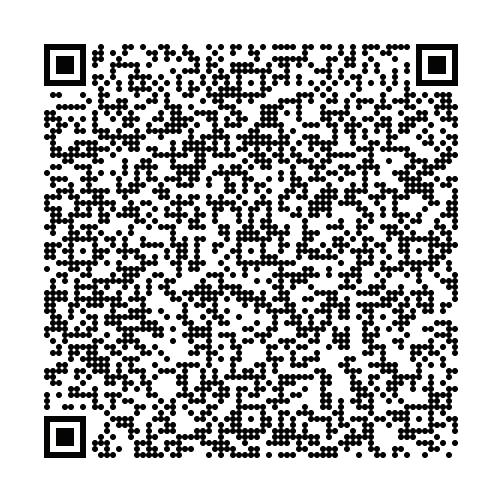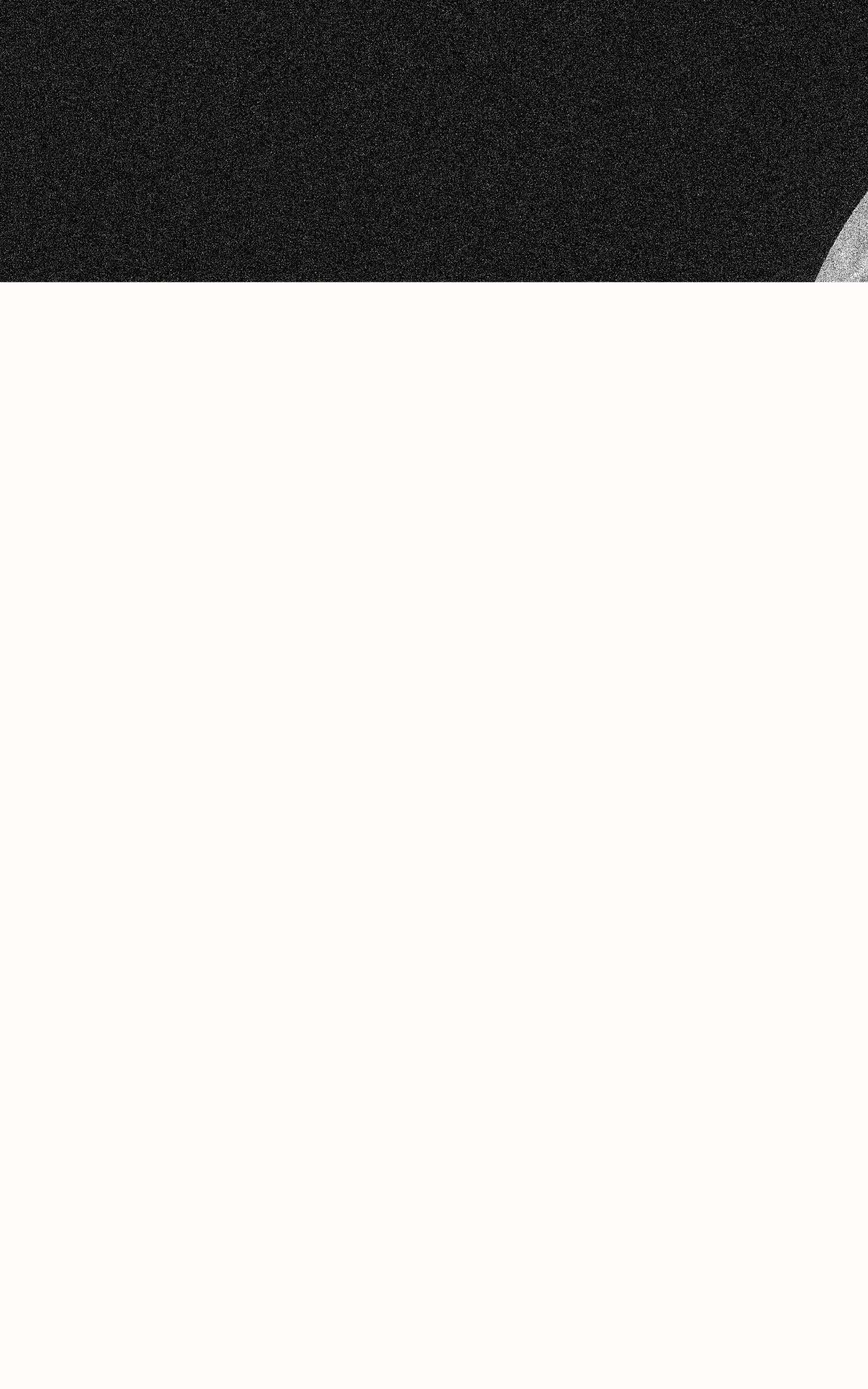

To my family My own universe

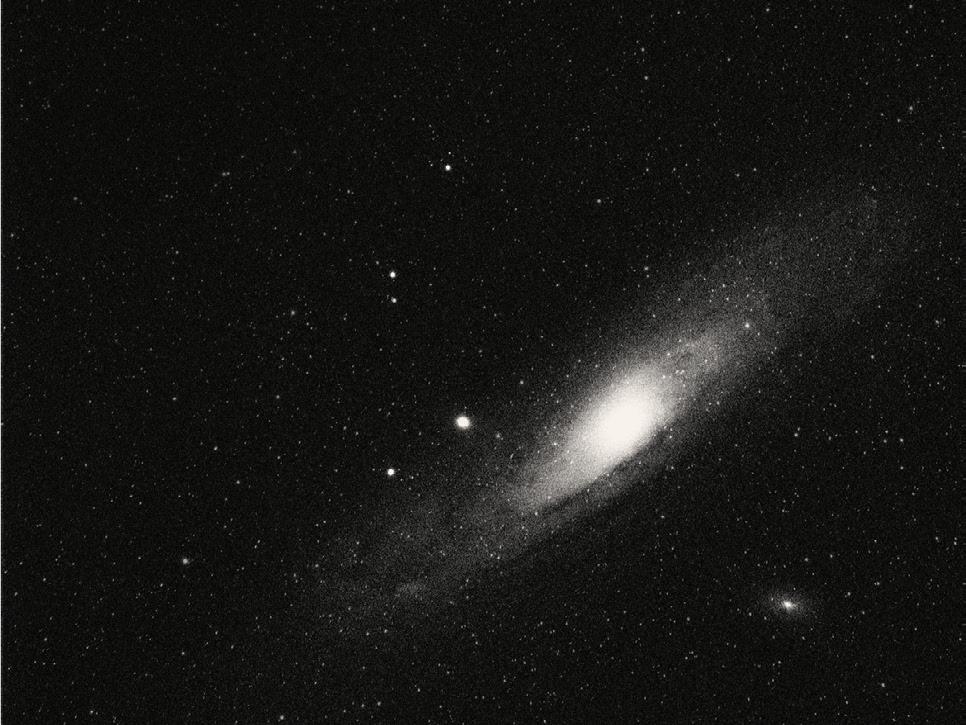

 Photo by Alex Andrews
Photo by Alex Andrews

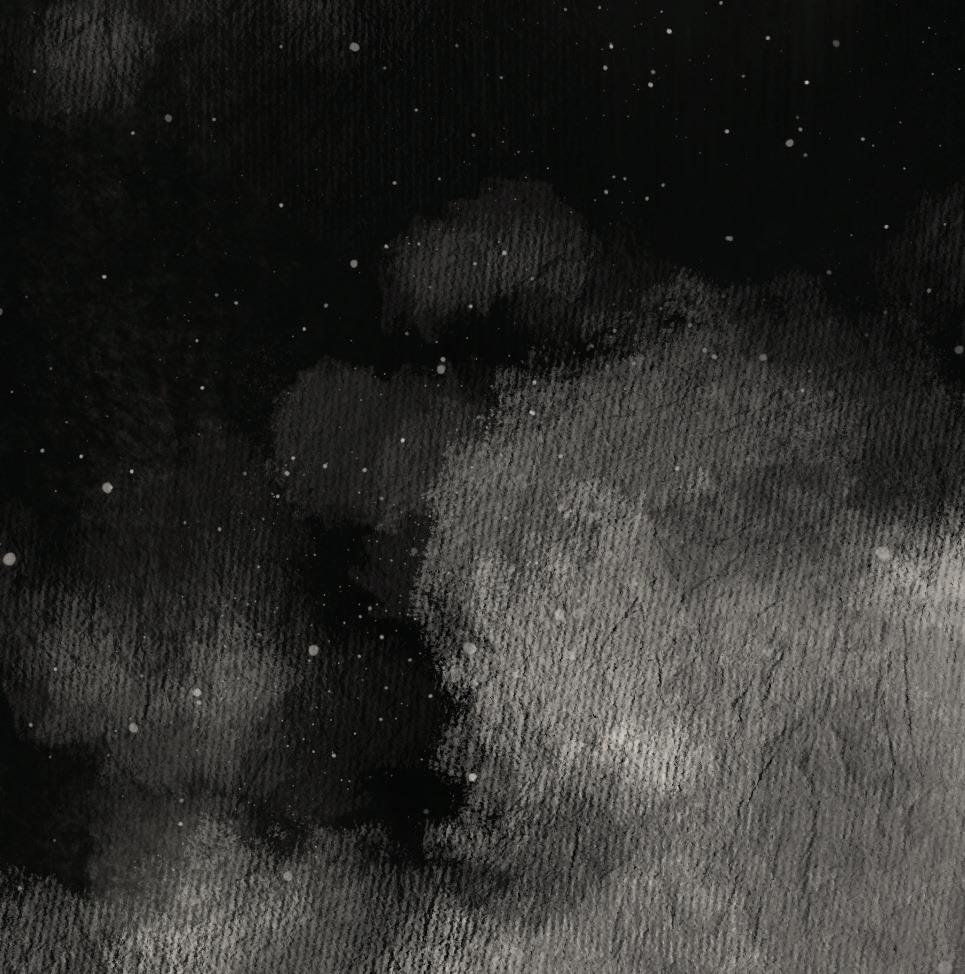


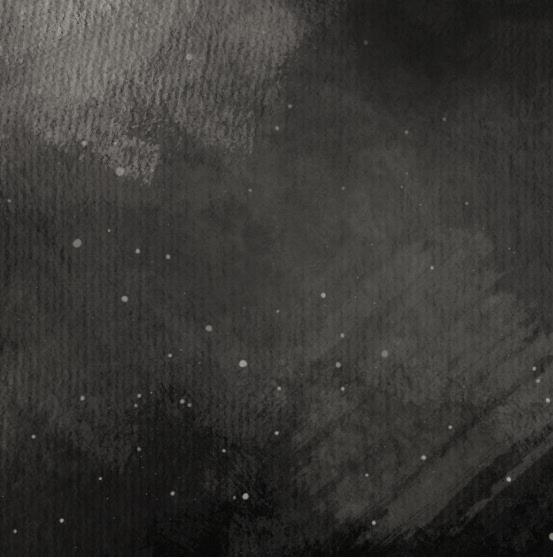



To my family My own universe



 Photo by Alex Andrews
Photo by Alex Andrews





Stargazing was always one of my favorite activities as a child, leading into an interest in astronomy. Astronomy is something I have been pursuing within the last year, finding any opportunity to learn about it. Finding time, resources, and platforms to learn about the topic has been a point of struggle for me, and when faced with this problem, I wanted to find a solution that mixed my passion with my current title as a student. I began looking at my issue with learning about my interests through the lens of design.
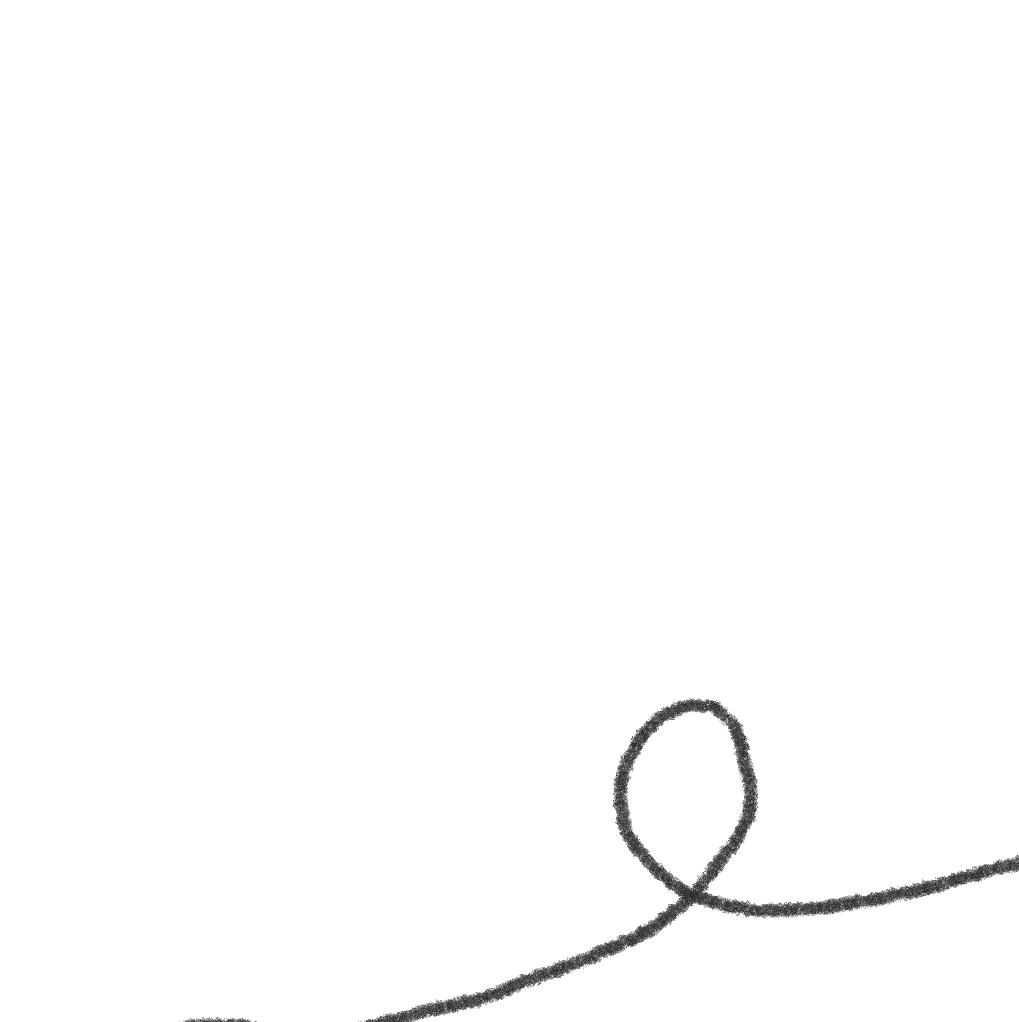
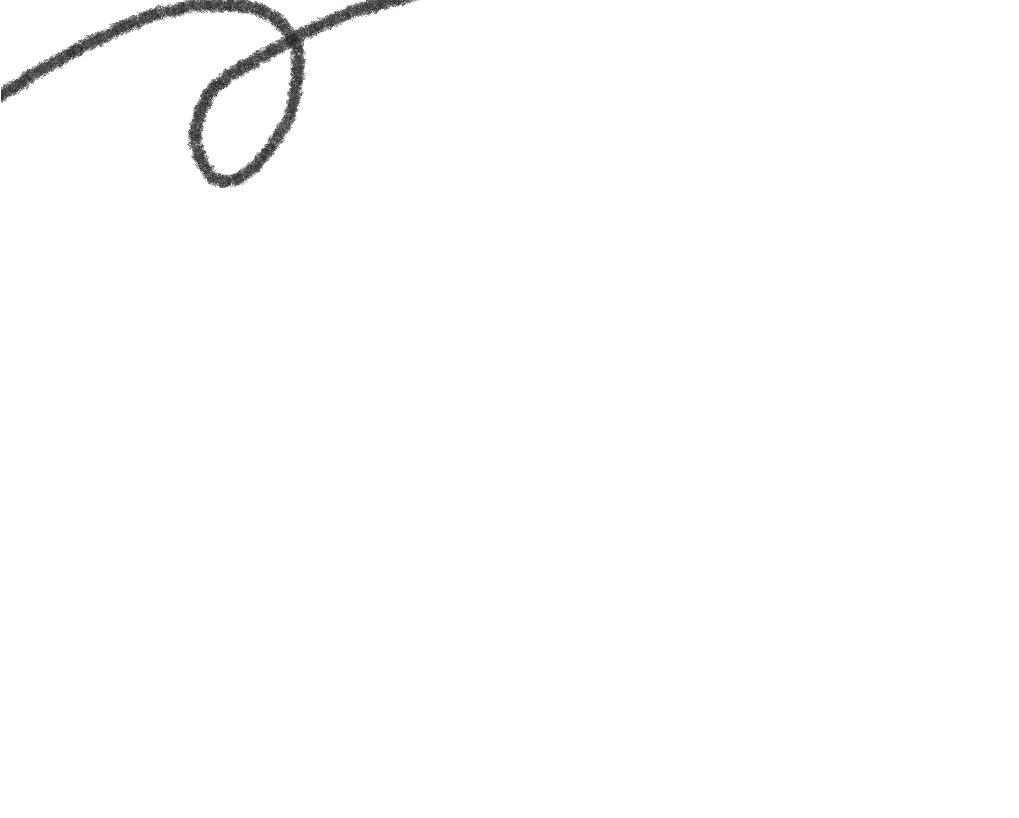
In the case of astronomy, there are a few beginner books, but more in depth versions are complex and expensive. Astronomy courses are expensive and time consuming, and most online courses are connected to college degrees, which is a steep investment for an interest that many people are not willing to make. There is not currently a free, flexible course for astronomy.

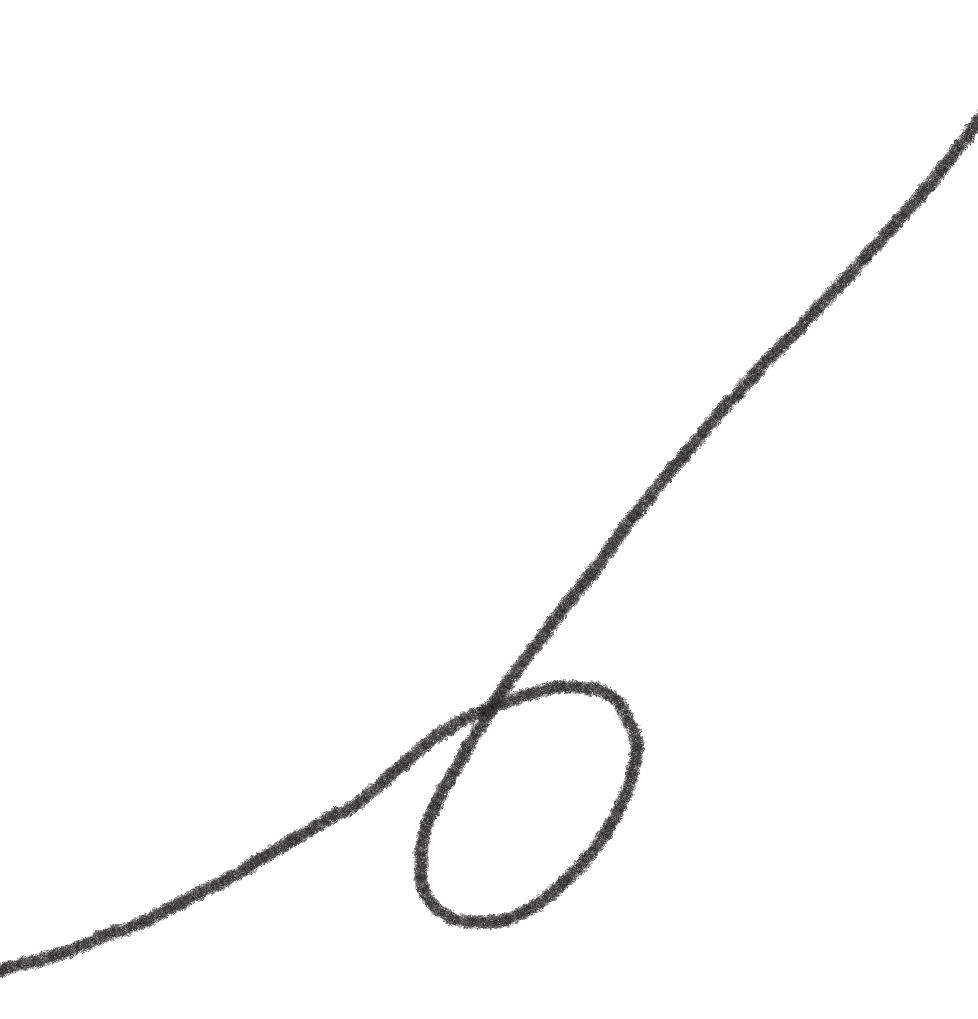
As a designer, it is my interest to create a solution for this problem that best suits my audience- young adults. A common learning tool used currently are educational apps, as they are easy to access, schedule-friendly, and affordable. My current path as a designer is as a digital product designer, so I am familiar with app and UI design. It is a design niche I am passionate about and want to learn more about, so focusing my thesis around it would be a great opportunity to further my skills and experience in digital product design.

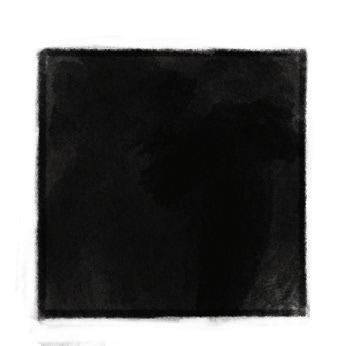
How can visually impactful app design help users interested in astronomy interact with the topic without having to invest unavailable time and money?
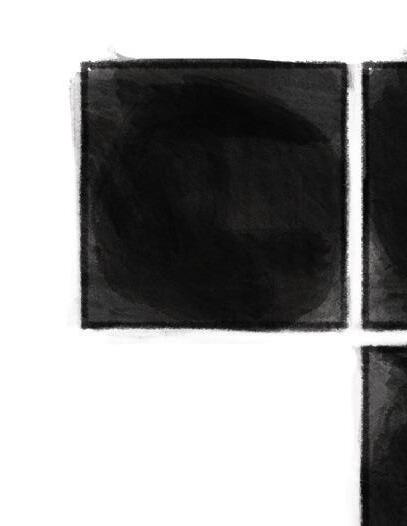
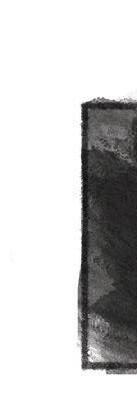
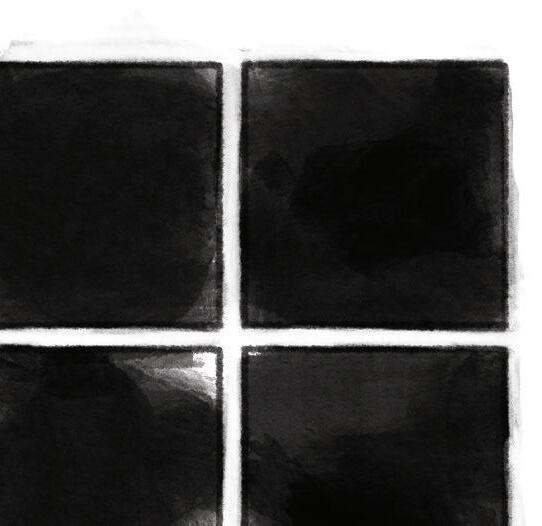
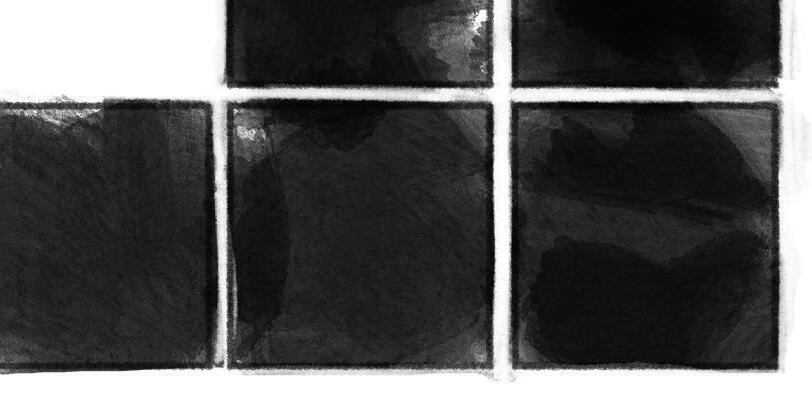
My thesis question not only targets the problems outlined, but allows me to incorporate a personal passion with my design skills. Astronomy aesthetically has unlimited potential with design, and works well with my personal style. I decided on creating an app, as I want to further pursue digital product design and further incorporate illustrative design, which works well in this project. To be able to combine so many passions and ideas into one product really helped motivate me during this process.
To combat an overbearing schedule and lack of funds, an intentionally designed and entertaining app is the most effective solution. Not only does it work best for the demographic, it also allows me to learn more about digital product design, as well as design research, an invaluable skill set in the current design market. App design allows me to further practice important programs like Figma, Illustrator, and After Effects, and engage my skills in wireframing and prototyping. The app is also effective in garnering an audience in the target demographic, due to an accessible platform and a large marketability. Additional design touchpoints such as advertisements and social media platforms would allow me to continue this project after graduation.
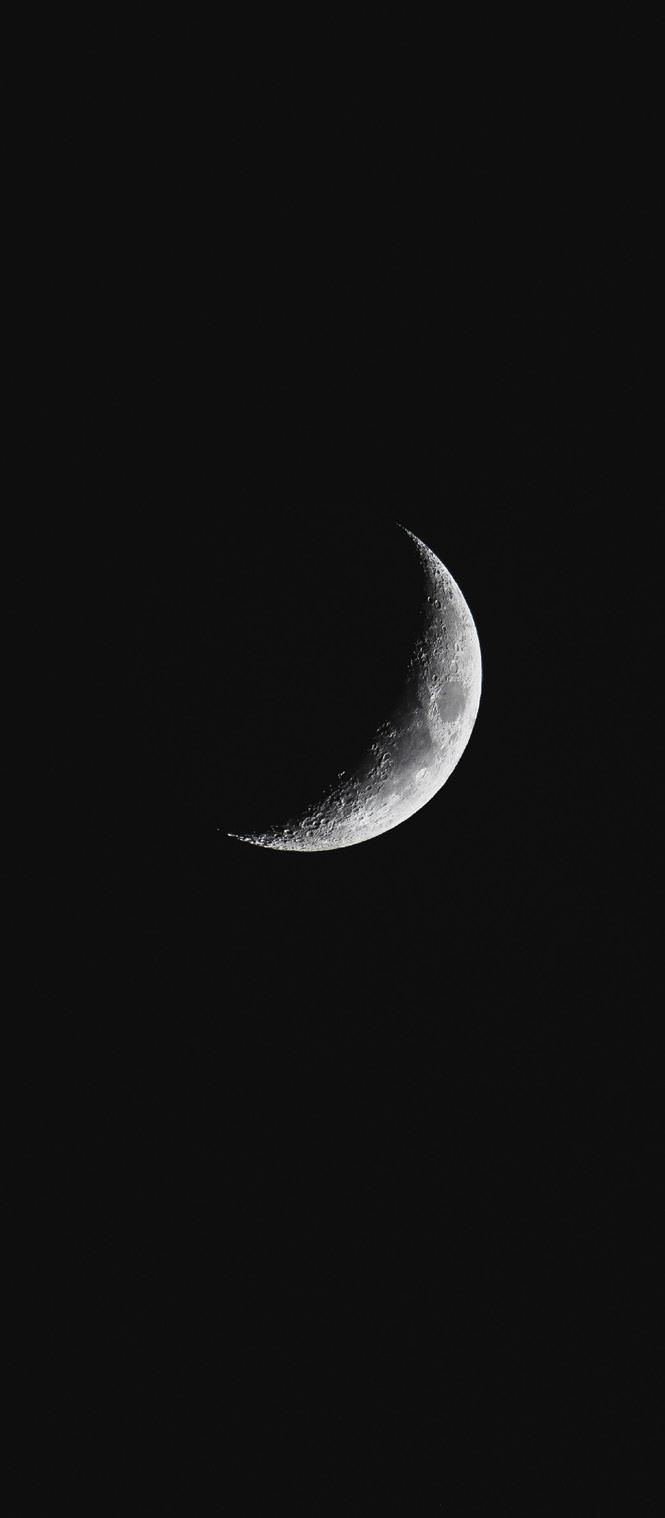
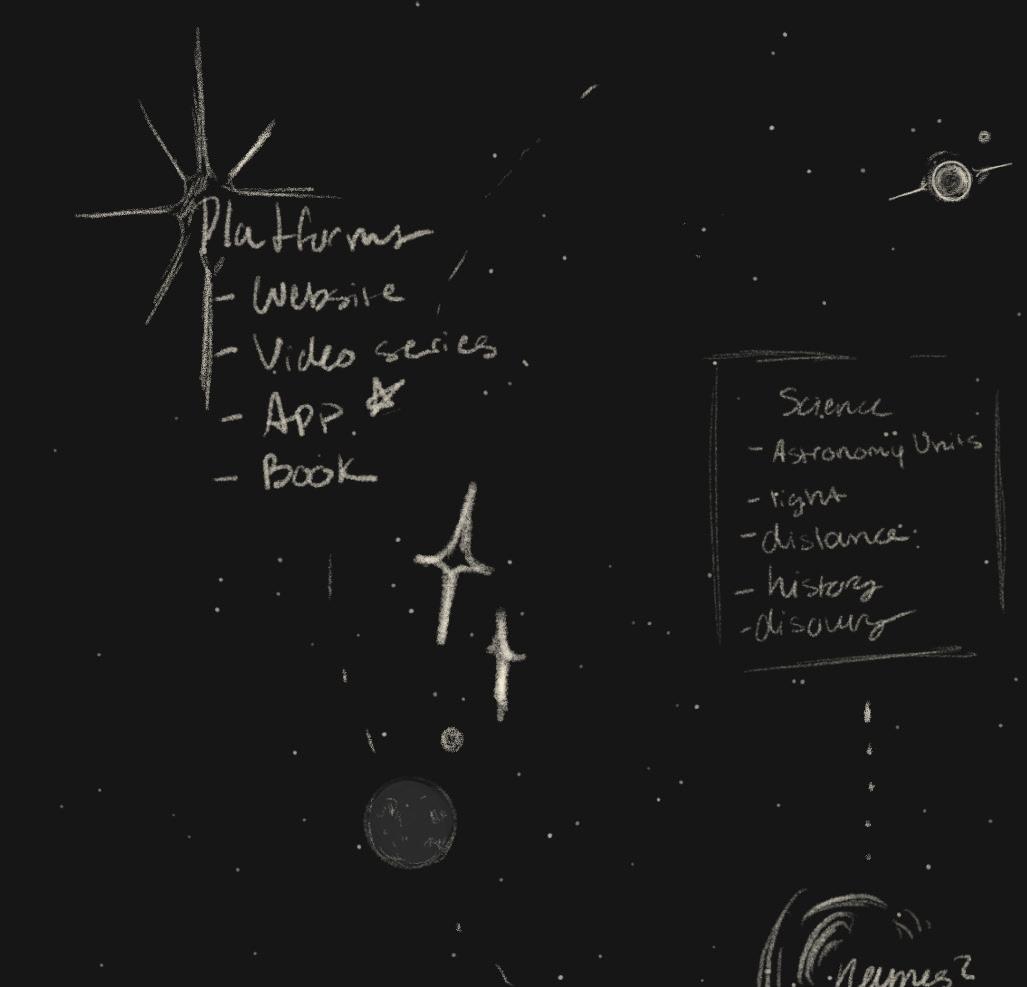
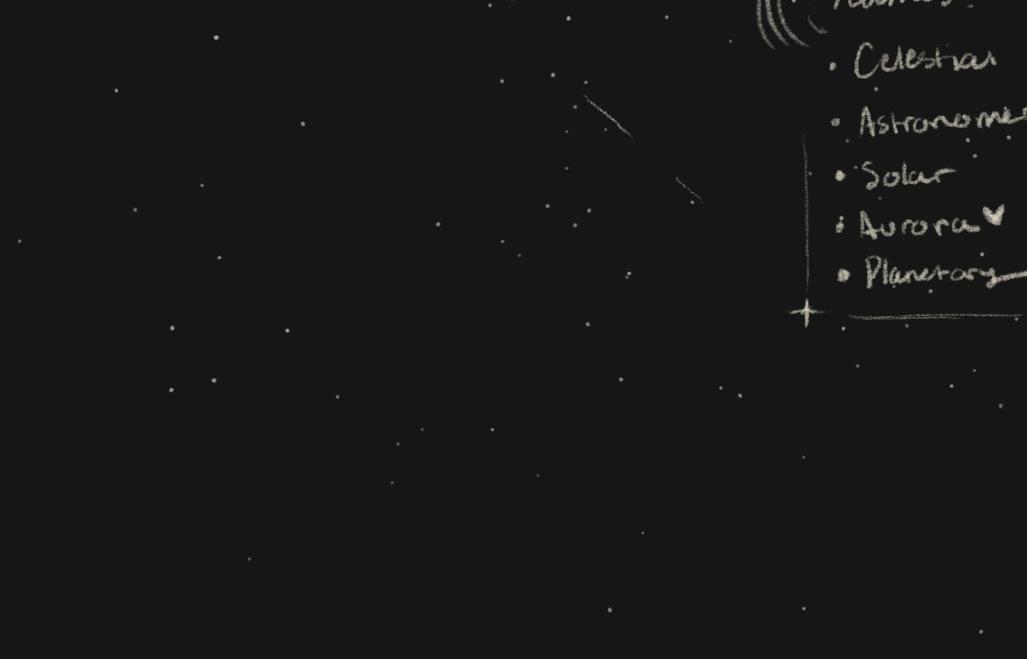
After establishing what problem I wanted to solve, I focused on how best to solve it.
My thesis project would be an educational app focusing on astronomy, called Aurora.
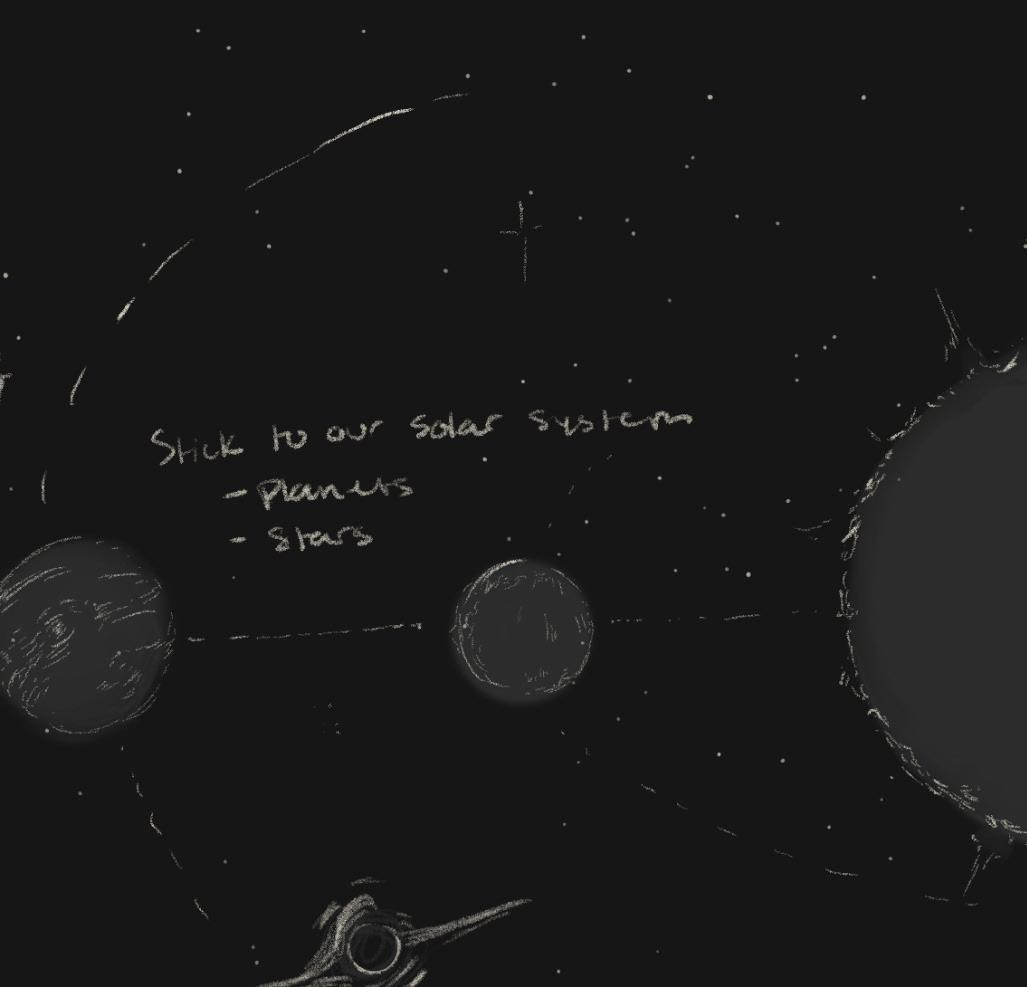
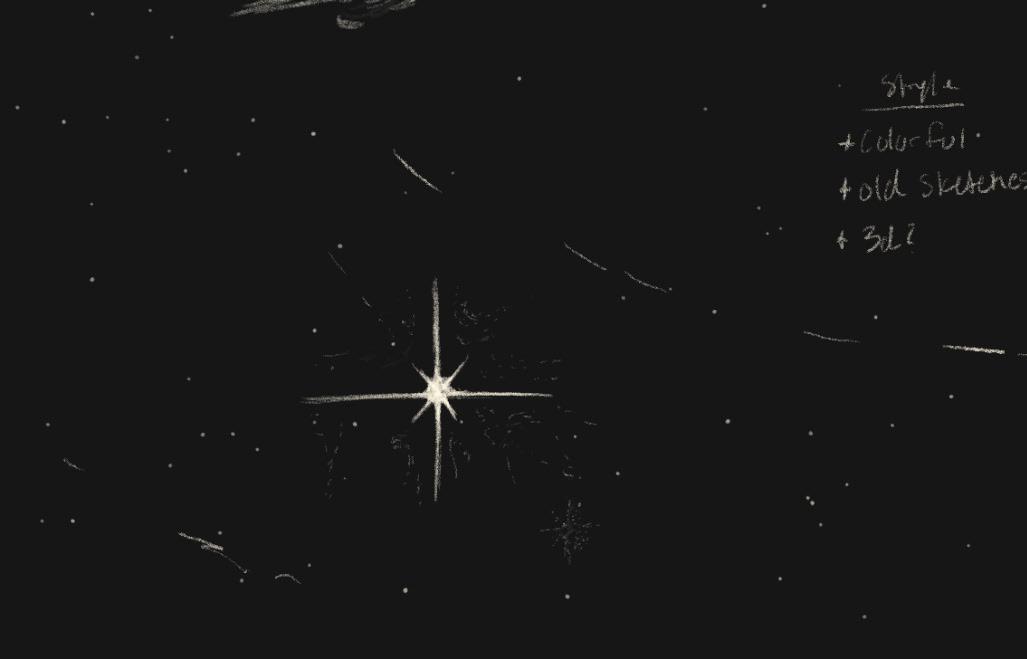
It was time to look into the best way to make it. This included research and guidance from experienced designers.
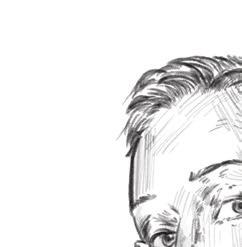
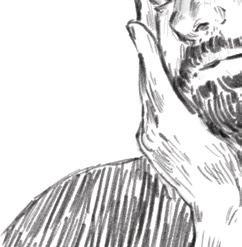
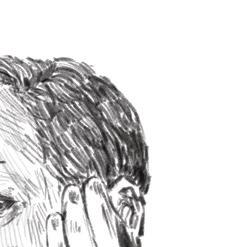

Sean Keating is a digital product design lead, and also teaches UX/UI design. I reached out to him in November on LinkedIn to review my app wireframes and flow.

Jitu Raut is a Lead Product Designer at CheQ, who specializes in mobile and web design with a highlight on microinteractions. He was my main mentor for app visual design and microinteractions.
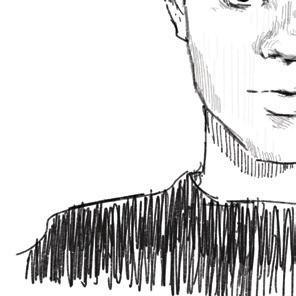
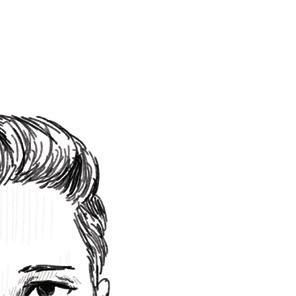
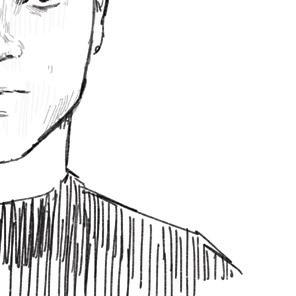
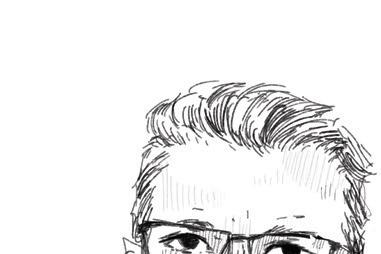
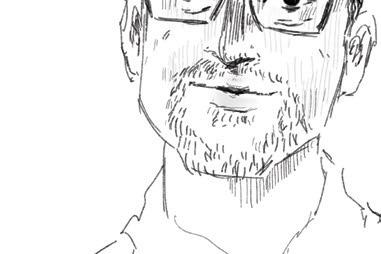

Eric Jensen has been a Professor of Astronomy at Swarthmore College for 25 years, and was my subject matter expert. We met to discuss astronomy content for my app.
There are three main areas of research for this thesis project
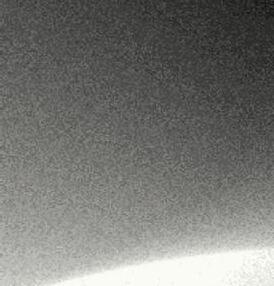
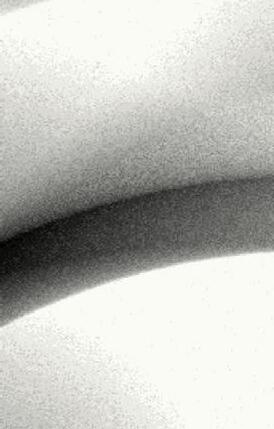
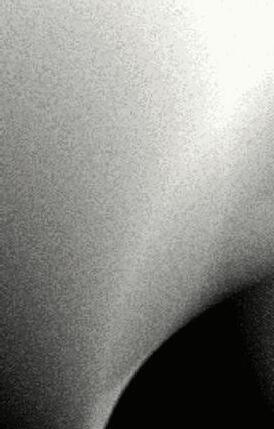
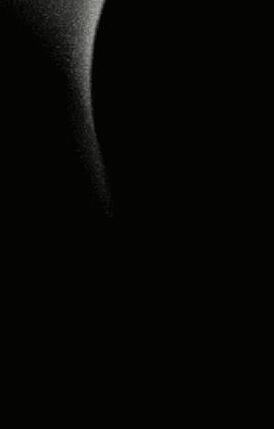
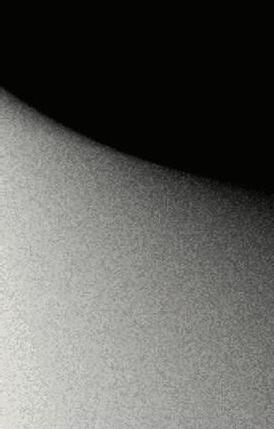
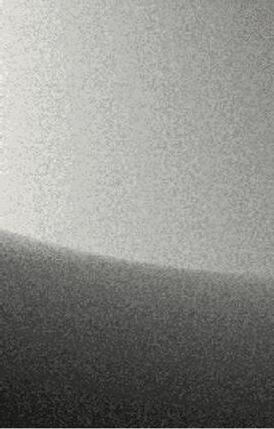
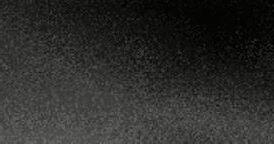

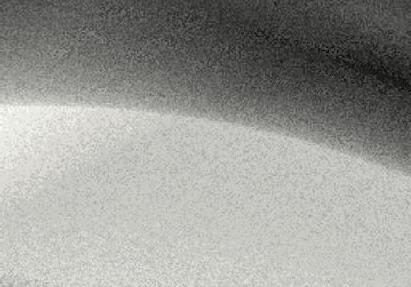
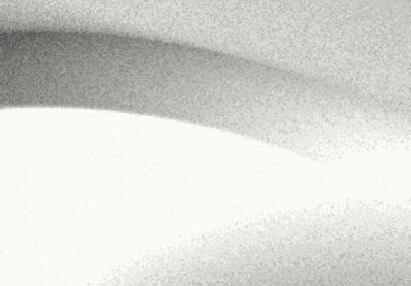

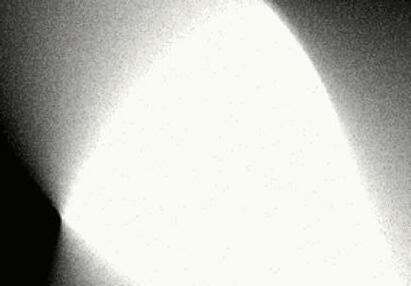
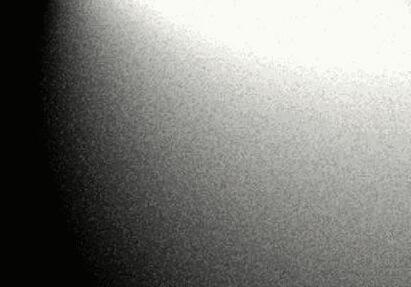
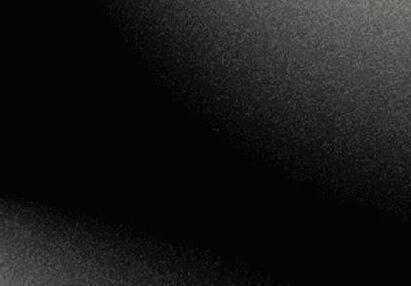
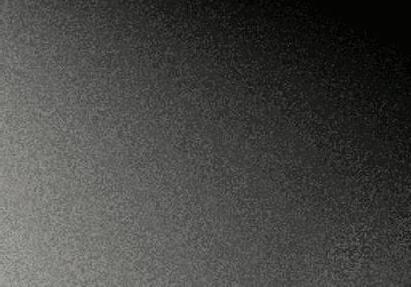
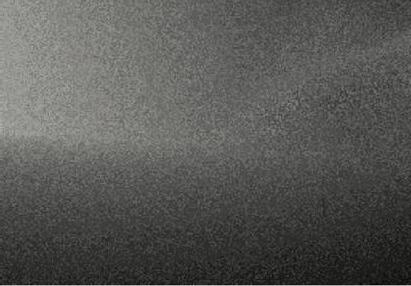
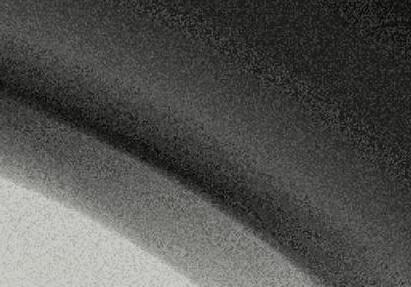
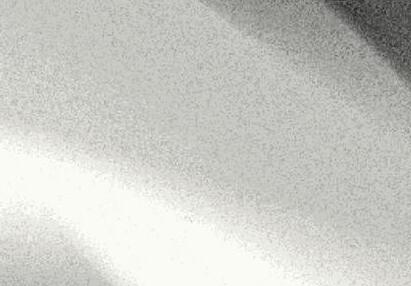
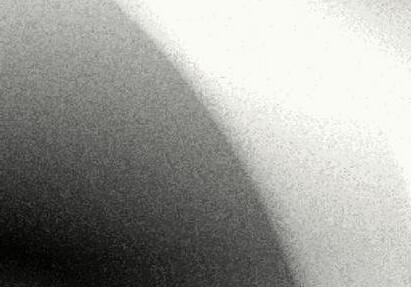
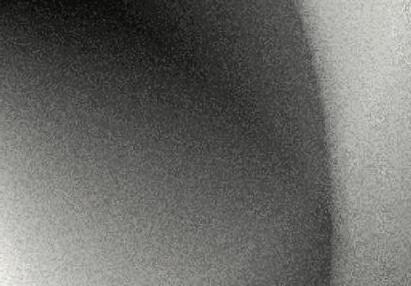

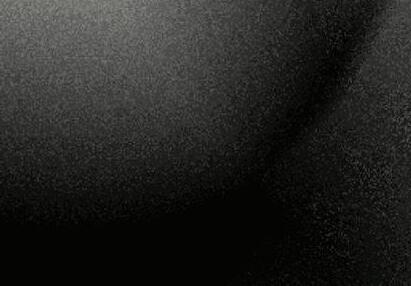
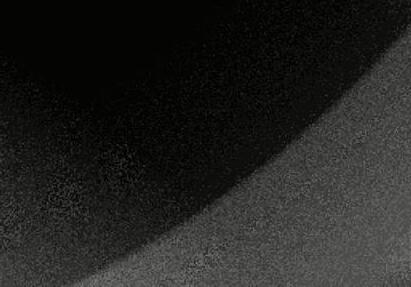
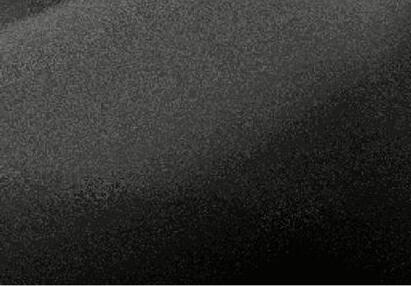
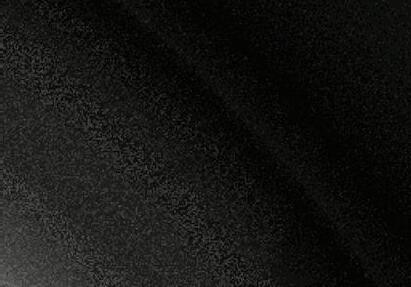
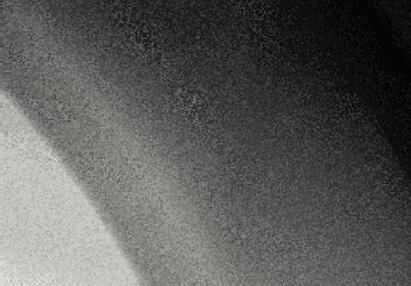
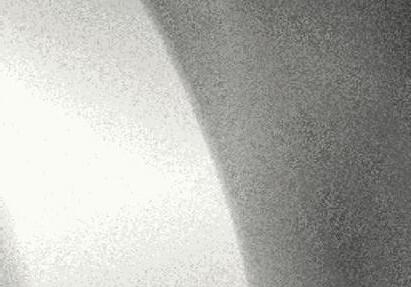
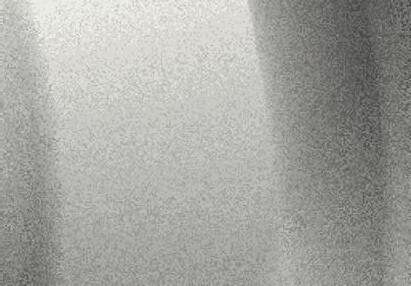
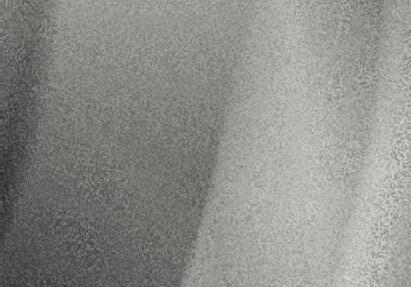
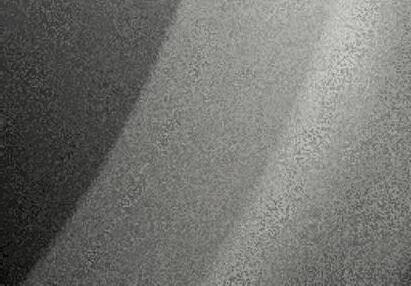
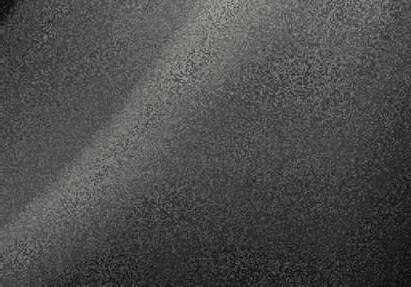

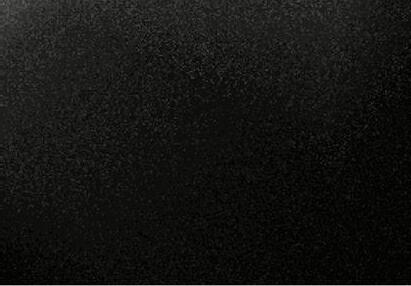
The target audience for this app in young adults, in the age range of 18-24. Let’s focus on our demographic to start. The average young adult spends 34.8 hours a week at work. If in college, an additional 12-16 hours per week are spent in classes, and an average of 17 hours are spent outside of classes studying. Roughly 20% of a young adult’s week is spent working, and an additional 17% of their week is spent on school. Based on this information, it is clear that my audience has limited time and needs a solution that works with tight schedules. An additional factor considered in my thesis question is budget. The median annual earnings of ages 20-24 are $38,324. This mean salary is in the lower 50% of U.S earners.
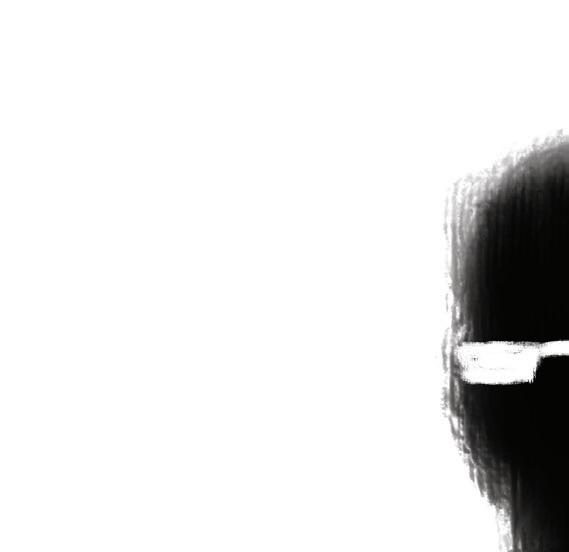

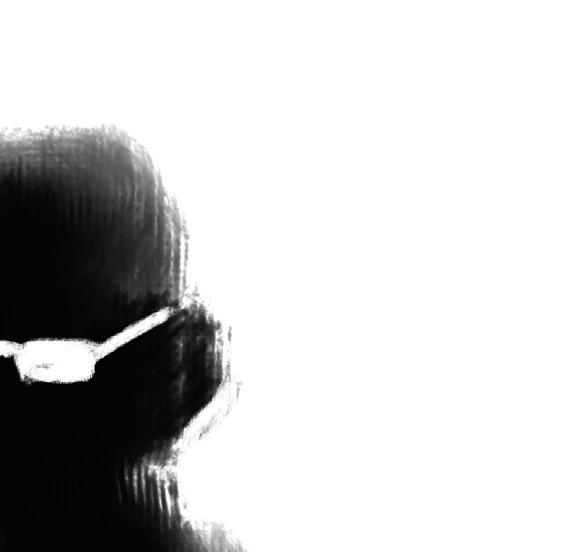
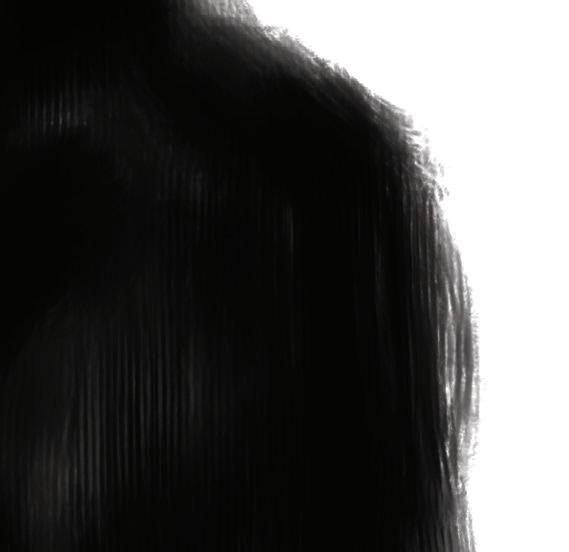
A constrained budget means that there is less possibility to invest money in classes and textbooks when it comes to learning about astronomy. This audience struggles with lack of free time as well as limited spending ability. The best solution for this is an app- one that is free and works alongside a busy schedule. An educational app that allows the user to learn whenever they want for however long they want is the best route forward for this audience.



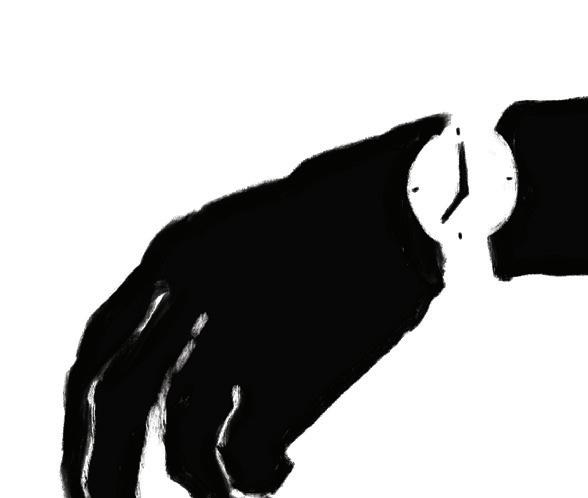


This audience struggles with lack of free time as well as limited spending ability. The best solution for this is an appone that is free and works alongside a busy schedule. An educational app that allows the user to learn whenever they want for however long they want is the best route forward for this audience.
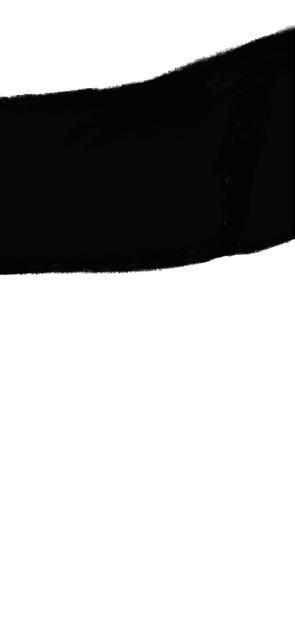
After research, it was clear that I needed to create an app that centers around flexibility to best suit the lifestyle of my audience. An app allows the product to be mobile so that the user can access it anywhere, so the app should be usable for any amount of time period. An app flow that has the user learn about astronomy at their own pace with the ability to leave and pick up where they left off is key. The information should also be light enough for easy reading.
After further research, it also became clear that there are no current competing apps. Most astronomy apps gear towards a younger audience or focus on stargazing instead of astronomy concepts, meaning that this app will gather inspiration from educational apps featuring other content with the same audience.
The design of the app is another area that is important to look into for the most effective layout for the audience. For educational apps, a visually appealing and unique yet simple design is most recommended, with gamification like quizzes, badges, and progression. A combination of these design features allow users to invest interest without being overwhelmed or getting bored quickly. Navigation, reward, and simple design are the most recommended features for app design with education in mind.
A study found that young adults prefer a few things when it comes to app design. The main features were ample negative space, hierarchy, clear intent, restrained font and color variation, and simple design. Based on this information, the visual style of the app is clearsimple yet thoughtful design, progression, and a refined variation of fonts and colors.
In further terms of design, it is important to consider the color palette and brightness of the app. A new trend in design is dark mode, utilizing a dark background with white text. Dark mode is now more popular than light design. Close to 82% of smartphone users have dark mode enabled on their phone according to Earthweb data. It is reported to have benefits regarding eye strain, focus, and aesthetic preferences. It is also especially popular with my audience of young adults.
The last aspect of the app is its content. Understanding the best topics and flow of astronomy content is key when making an app geared to entertain and educate. The first recommended step when approaching astronomy is learning about celestial bodies. Learning about solar systems creates an easy grasp of these ideas in a context that the user is familiar with. Astronomy 101 is one of the highest recommended beginner books in astronomy, and has a format that works well with beginners in the field.
The book starts off by explaining astronomy terms, then dives into our solar system, starting with the sun. It then progresses throughout the planets, moving to galaxies, and ending on the history and figures of astronomy. This progression will be the main structure of the app, as it guides the user through the basics of the field without being overbearing.
By guiding the user through the basic topics of astronomy, they can form a base understanding that will allow them to learn about more complicated areas of astronomy with more context. By also starting with the solar system and adding human touches such as mythology and history, the content stays relatable to the user and adds a level of connection. This mix of information types sets the user up to get a strong understanding of astronomy to allow them to pursue it further with confidence and resources.
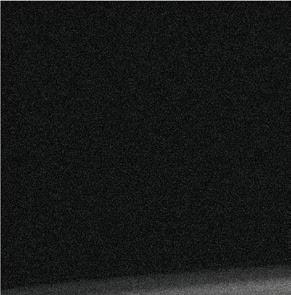
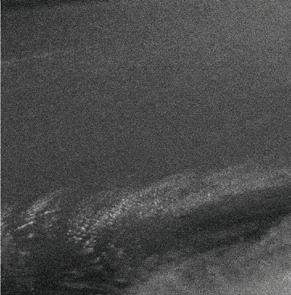
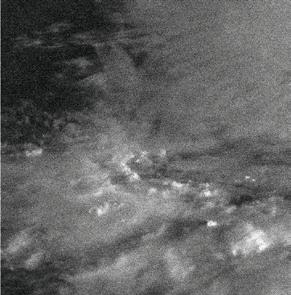
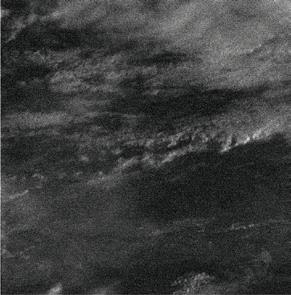
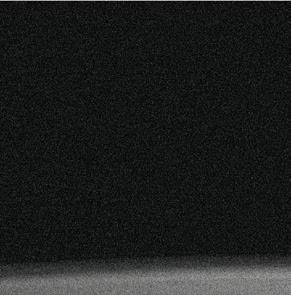
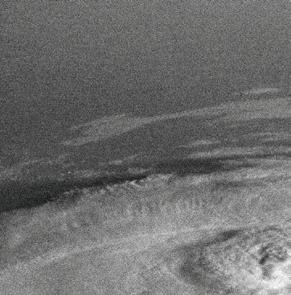
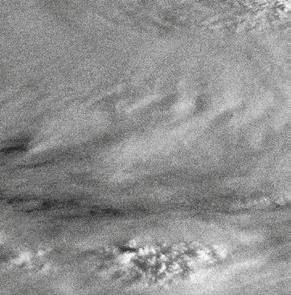
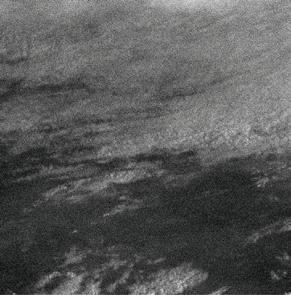
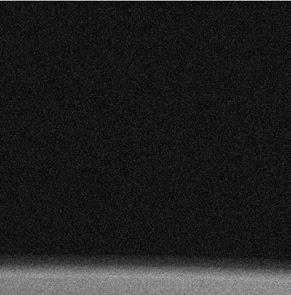
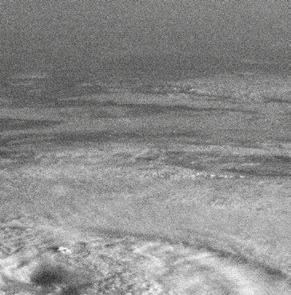
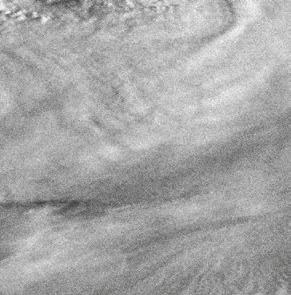
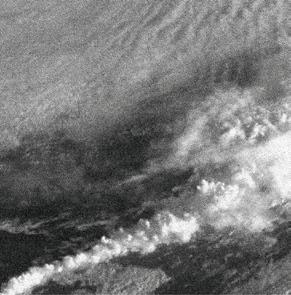
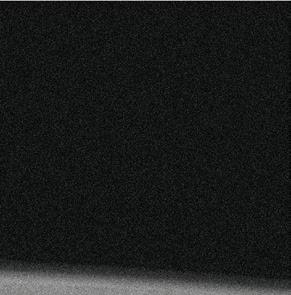
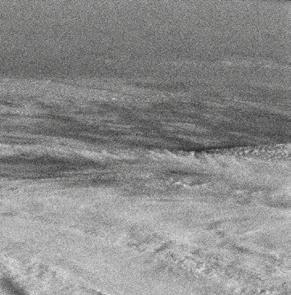
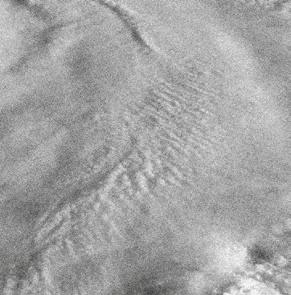
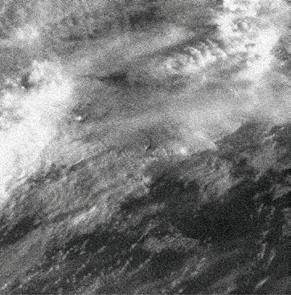
From my research, I was able to better situate myself for this project. To combat an overbearing schedule and lack of funds, an intentionally designed and entertaining app is the most effective solution. Not only does it work best for the demographic, it also allows me to learn more about digital product design, as well as design research, an invaluable skill set in the current design market. To best suit my audience, I will include simple design, hierarchy, restricted visual styles, gamification, and dark color themes.
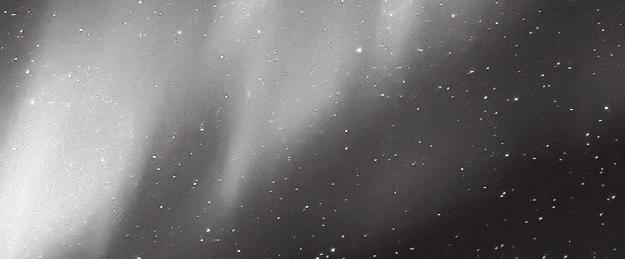
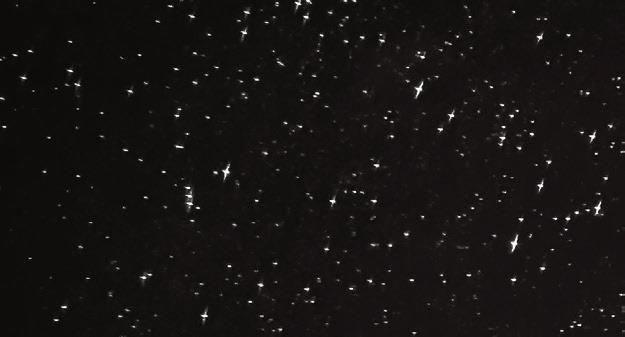
Paired with the design style will be structured learning content based on the most recommended information for beginners. This project will not only allow me to improve my design thinking and process, but also further my UI skill set and research abilities, while allowing me to interact with a personal passion of mine. In all, the skills and knowledge learned from this project will be invaluable to me as a designer while allowing me to invest in my other interest of astronomy.
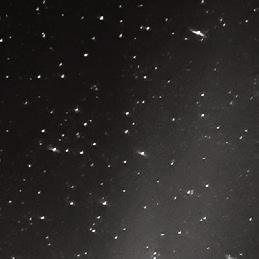
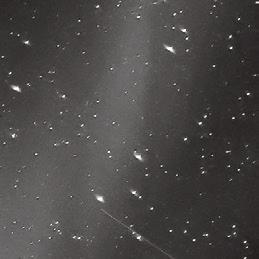
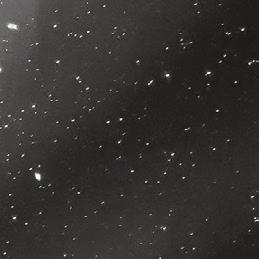
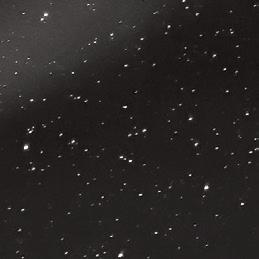
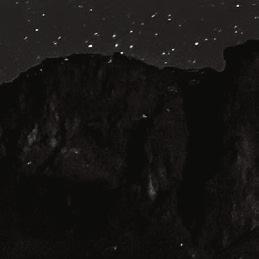
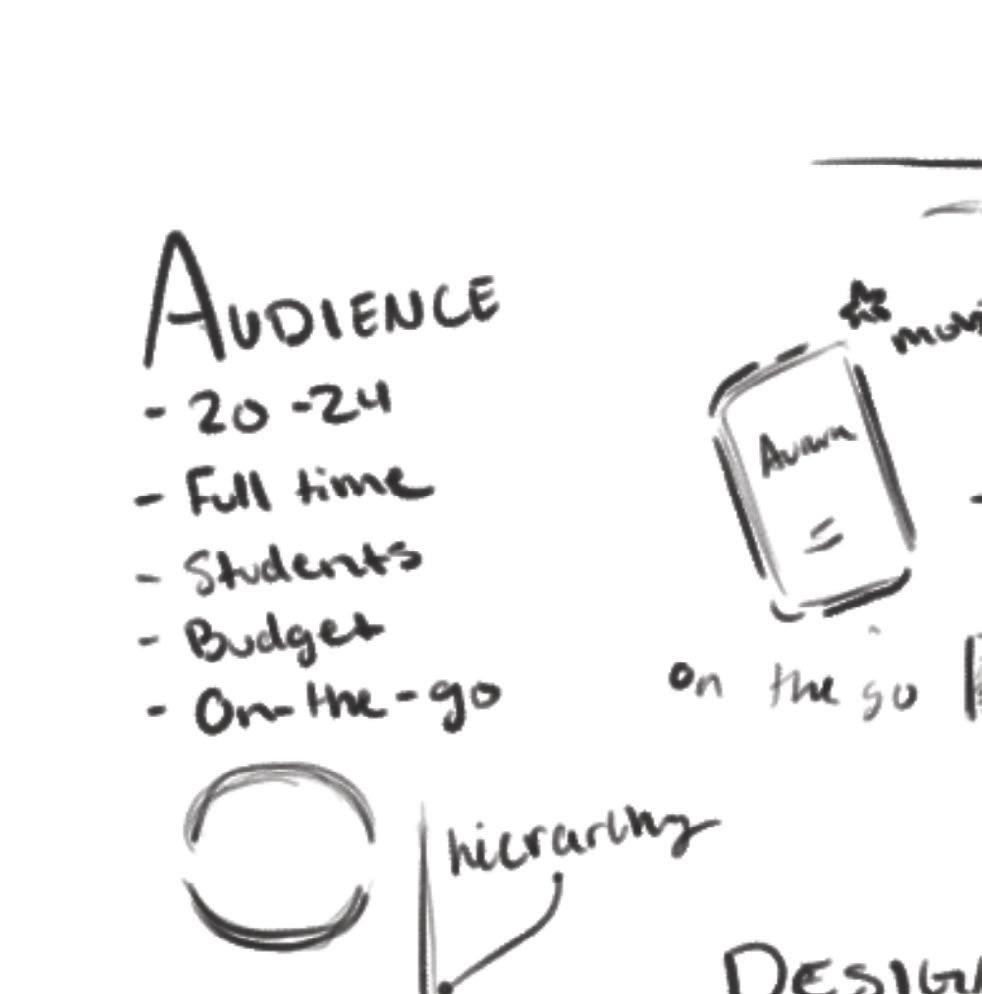
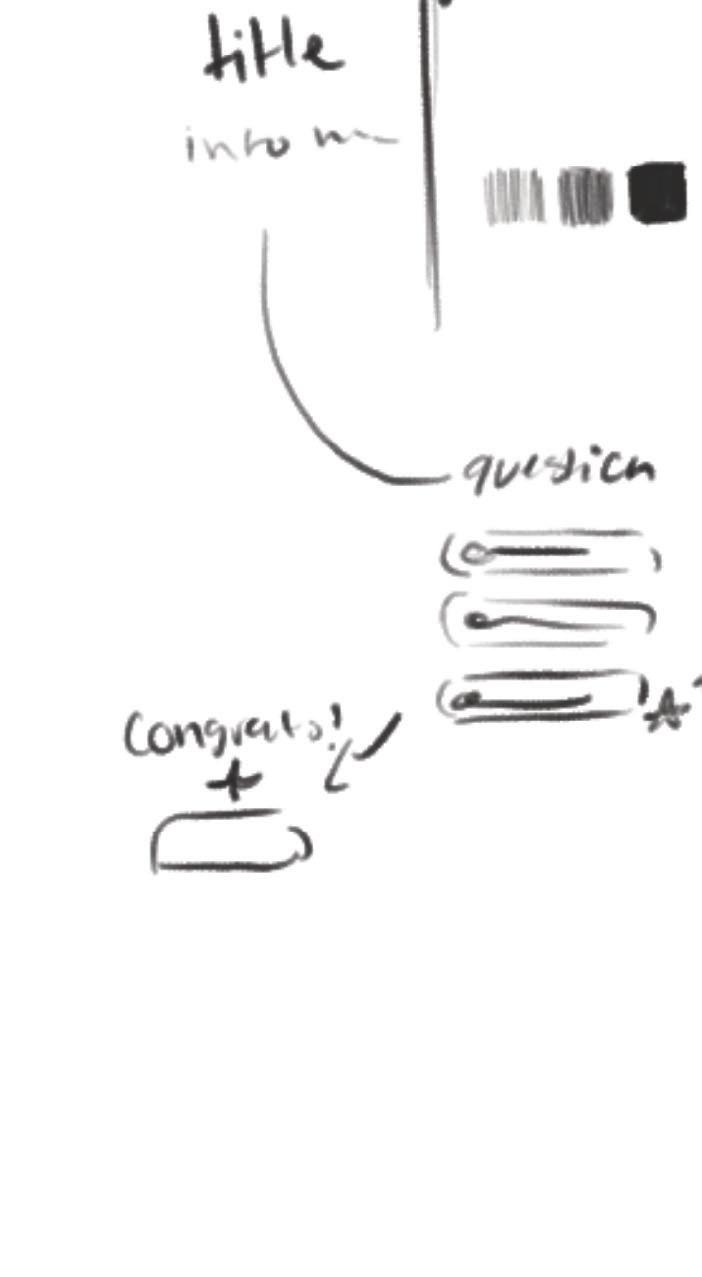
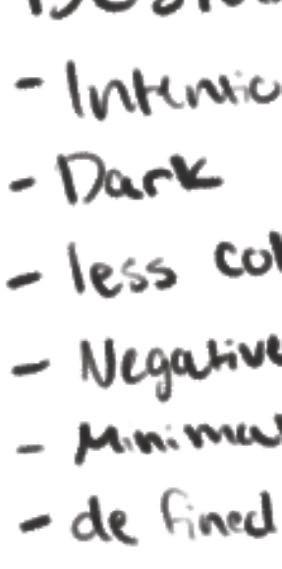
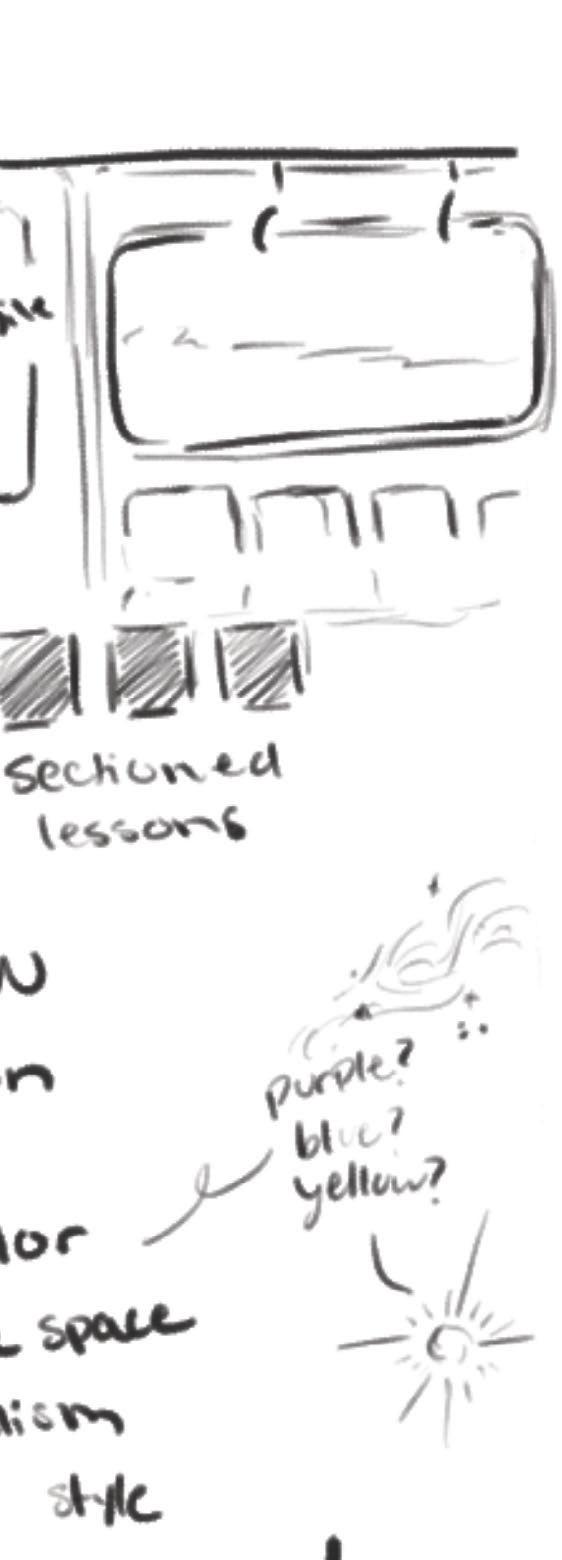
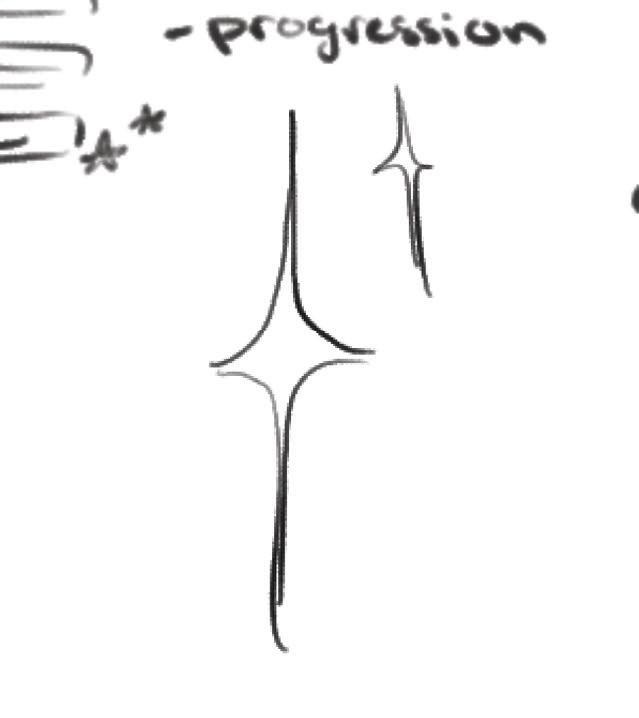
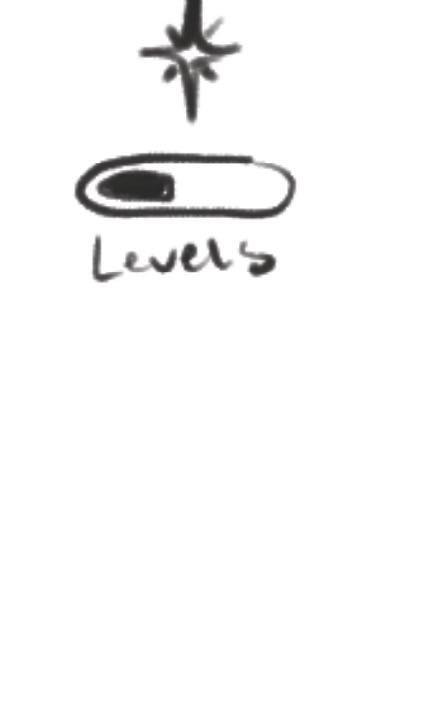

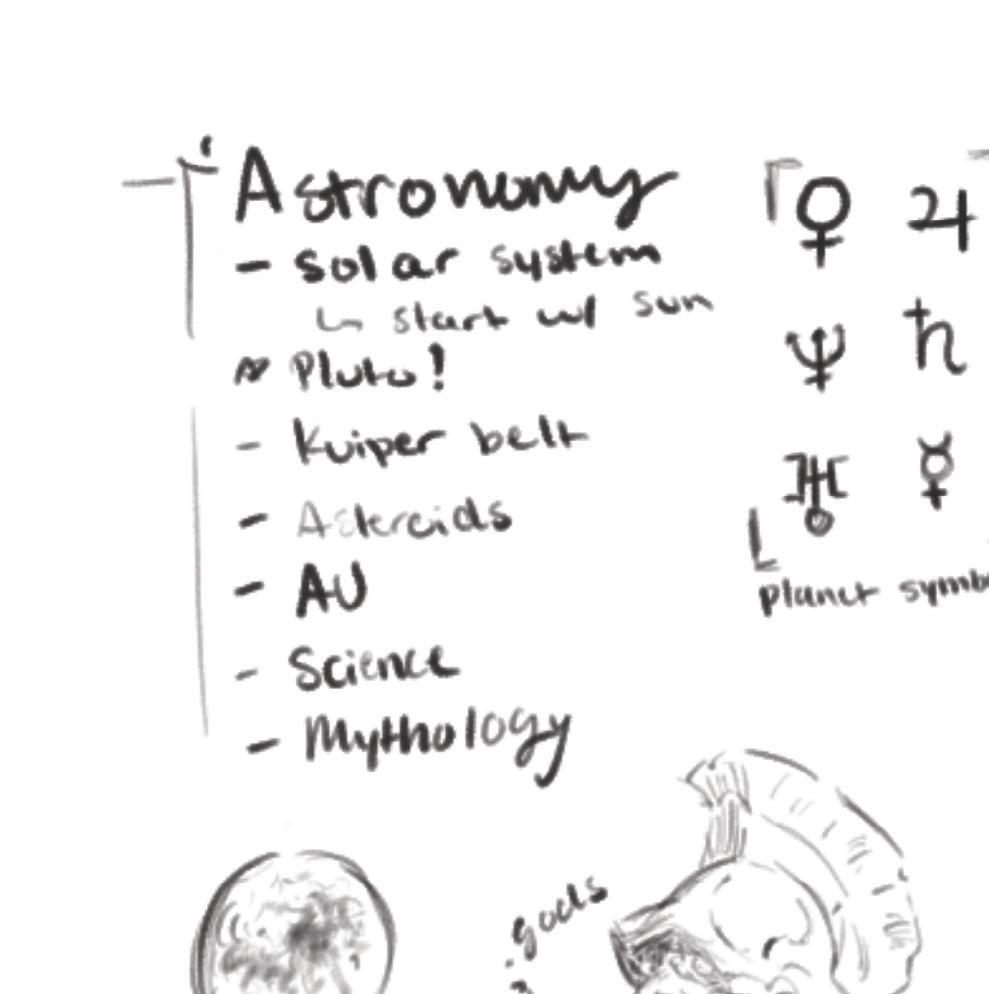
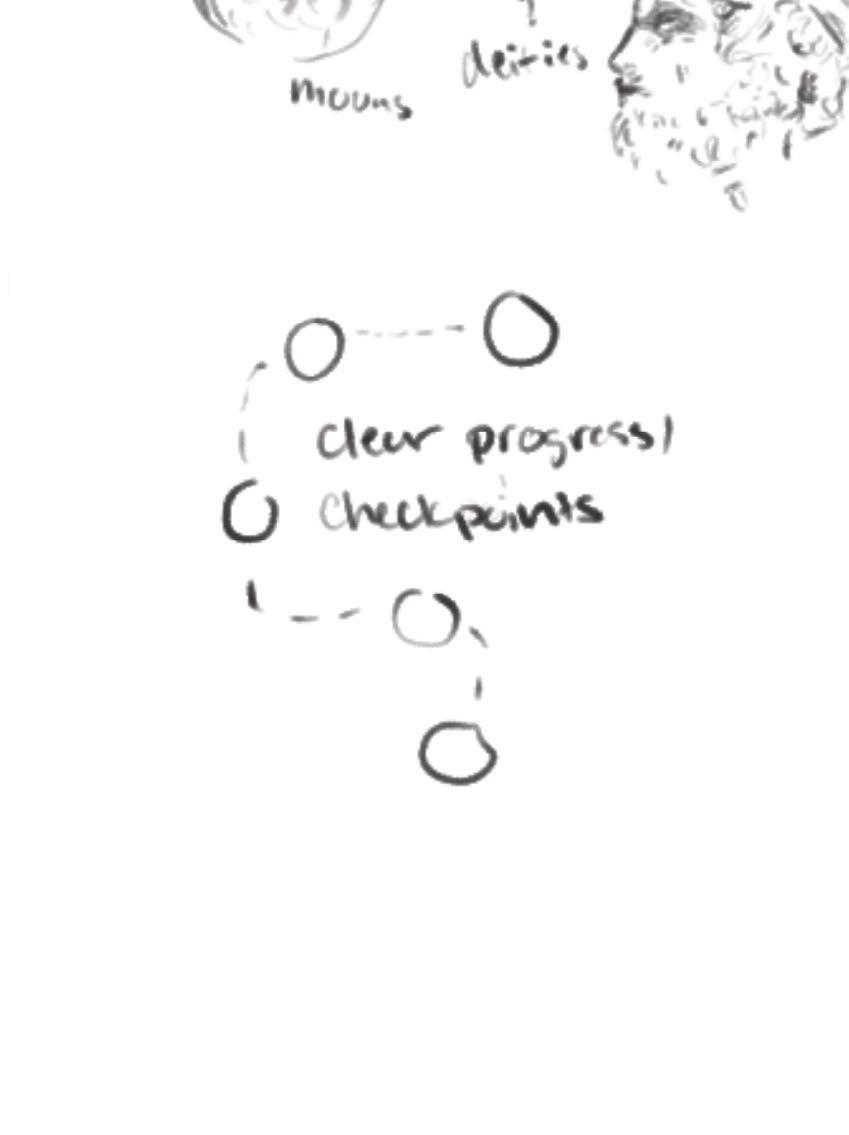
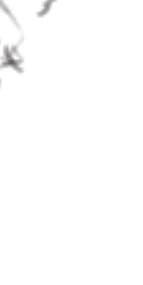
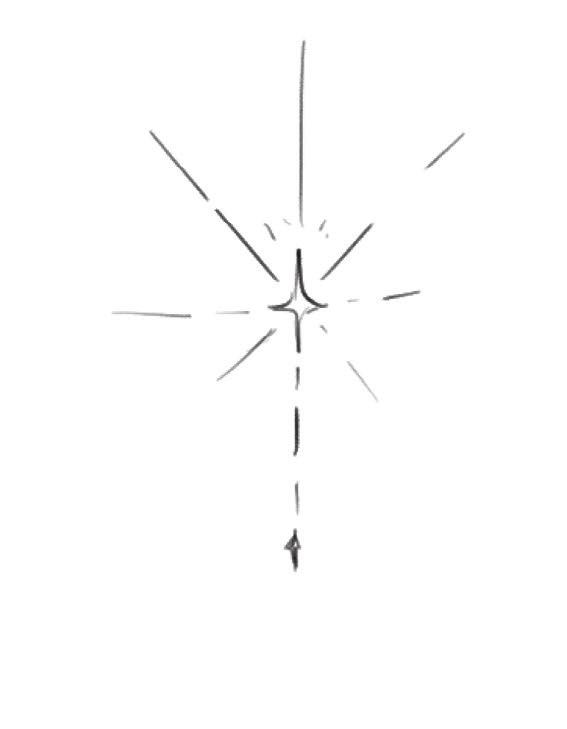
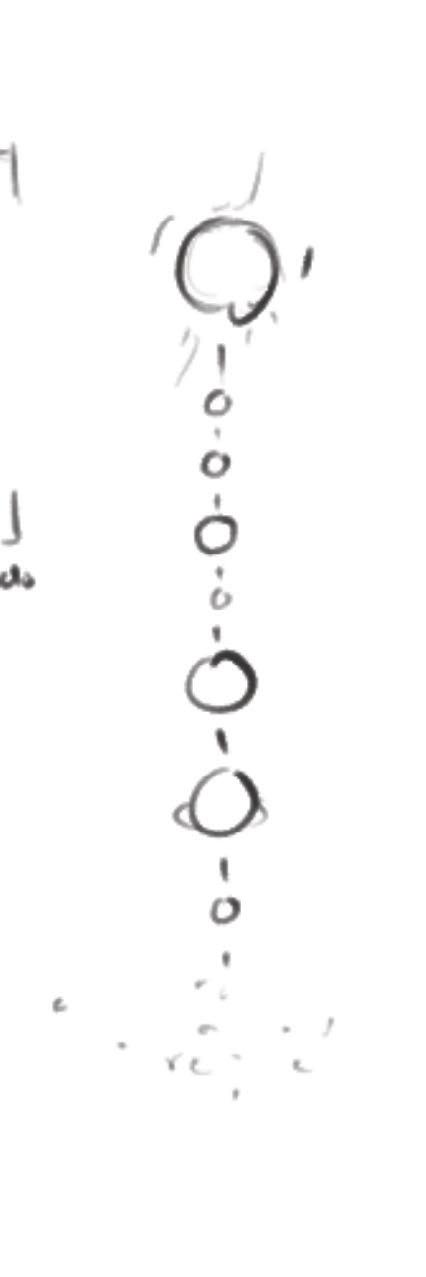
After completing my research, it was time to implement my findings into my designs. I started on the process of sketching, designing, and prototyping my astronomy app.


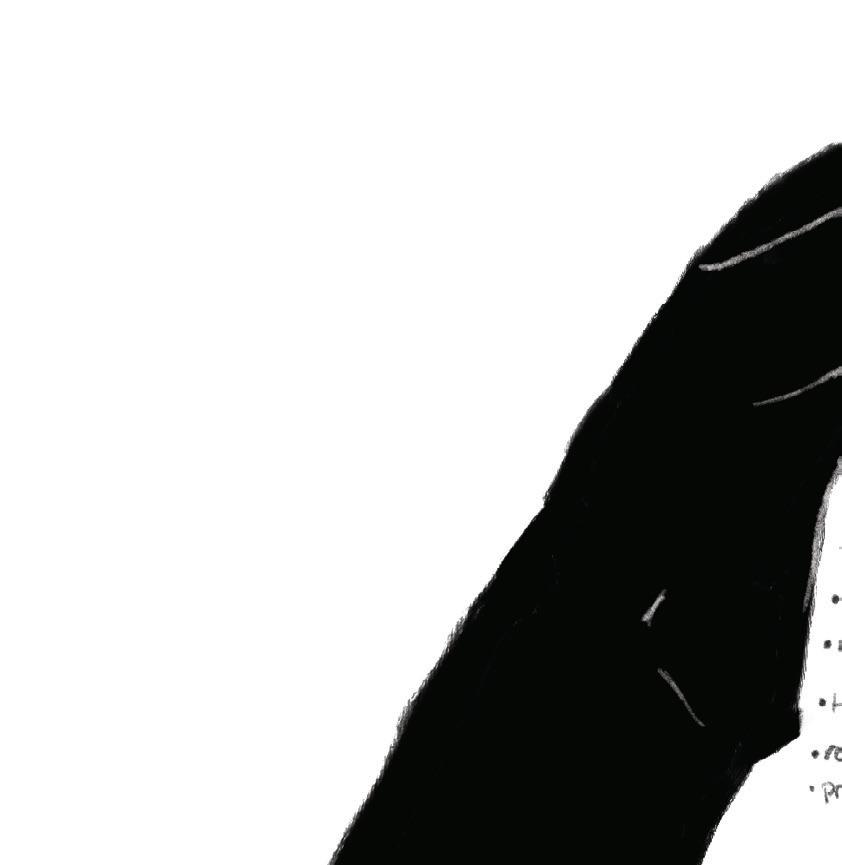
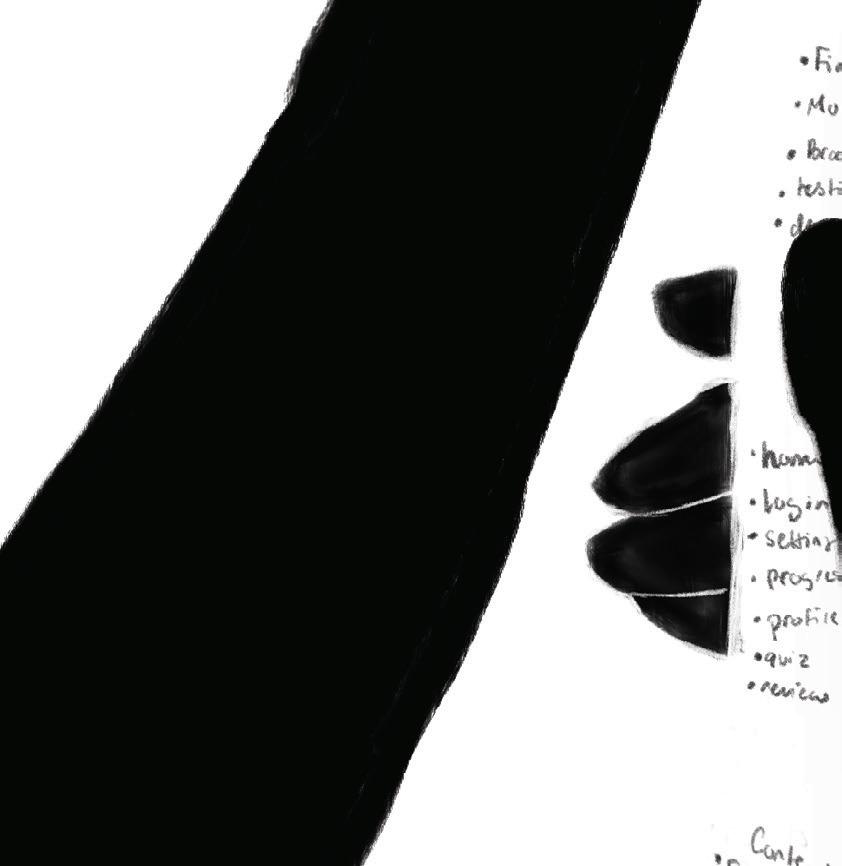
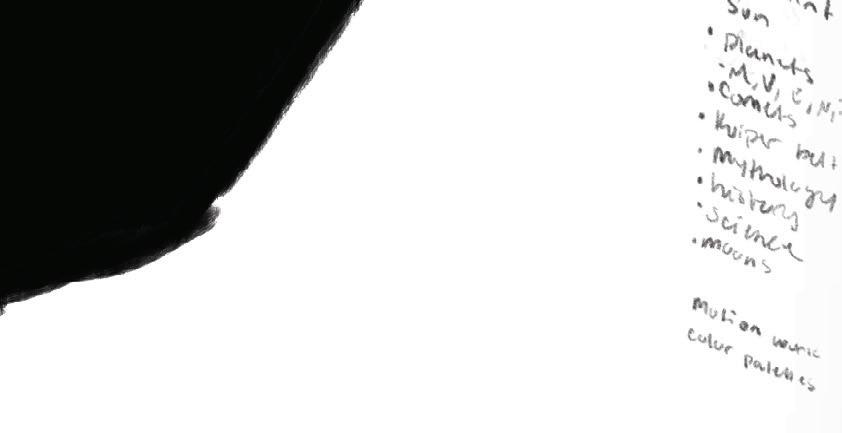
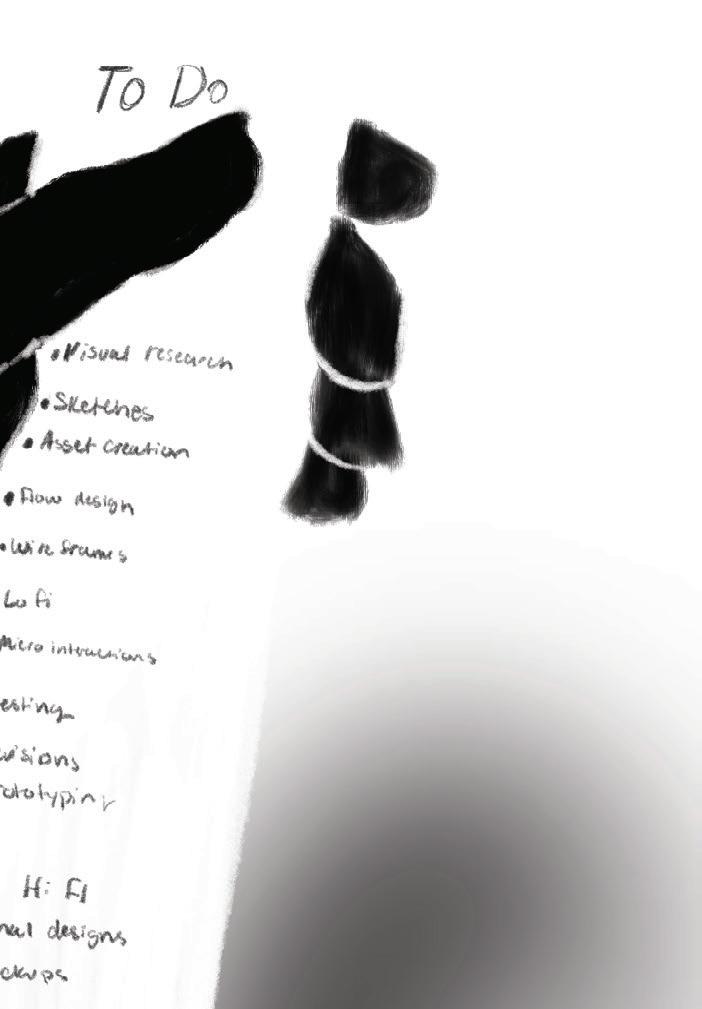
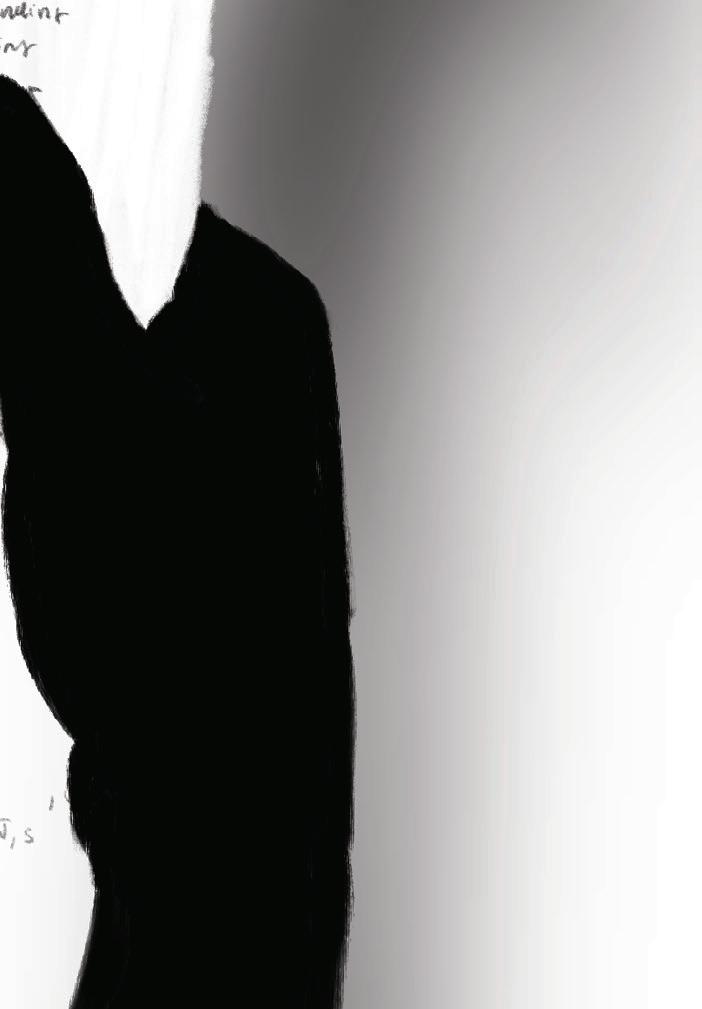

The first step is visual research for inspiration and direction for the app design. Using Figma,I will wireframe, design, and prototype the app.
Since I will be creating the art for the app, I need to create these assets using Procreate.
After creating the visual direction, I need to sketch the base app design and flow.
Once the app is designed, I will have people interact with it and revise based on feedback for a better product.
In my first progress report, I created a timeline to keep on track with deadlines, and followed it on Monday.com
The first step of my process is brainstorming and visual exploration. I created a mind map to start and began looking into app design, astronomy design, and monochromatic color pairings.
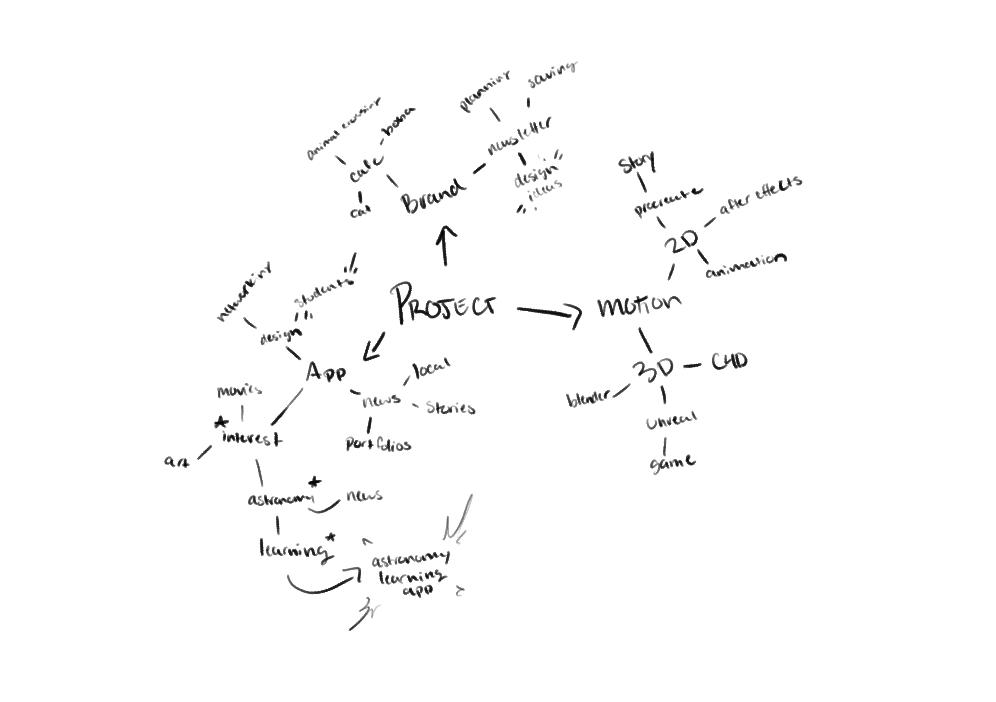
I curated a moodboard for aesthetic direction
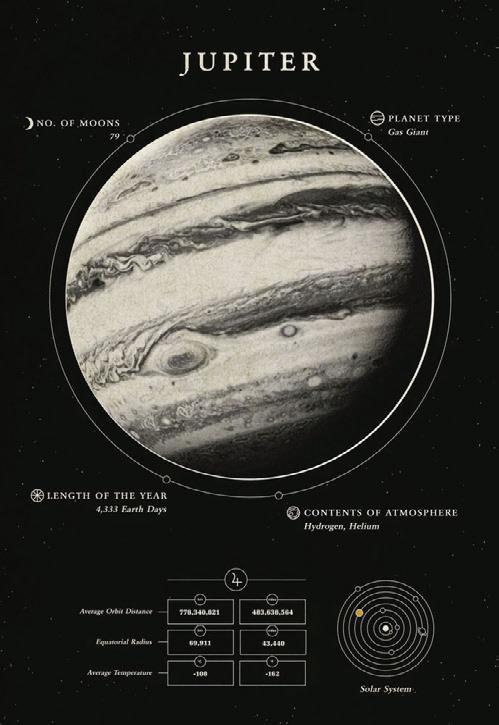
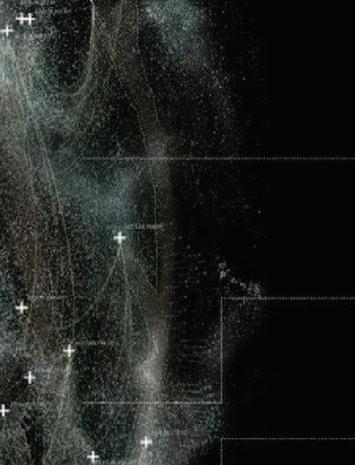
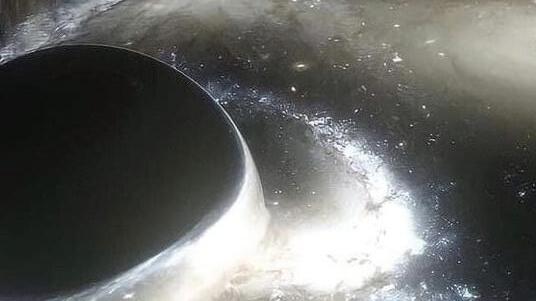
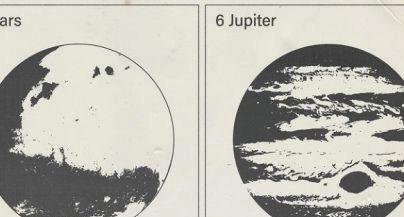
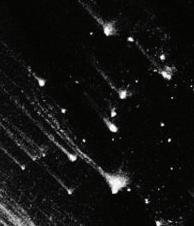
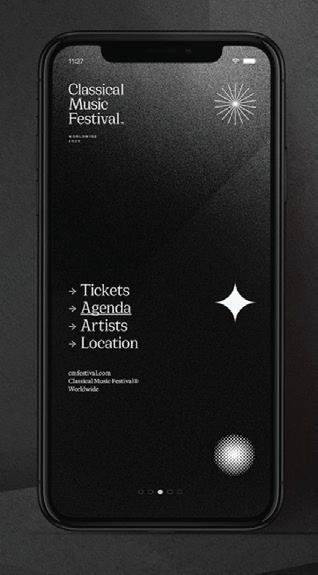
My original designs were based off a moodboard, color palette, and layouts based on other educational apps. I planned to use images of the planets, edit them to a monochromatic and grainy style in v, and use them as my design assets. From this I chose fonts that worked with the content and style, and put these together with my sketches.
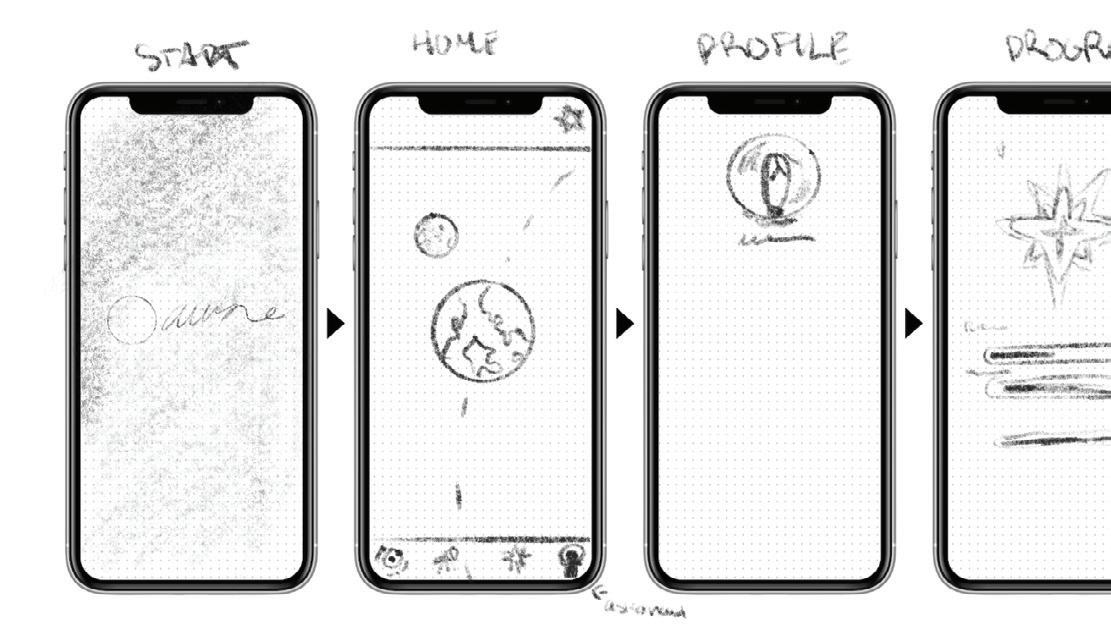

I created a wireframe sketch to base my Figma designs on, and followed the basic flow I had created.
The current app used planets as stages, each with a learning page, as well as a news page, profile page, and progress page.


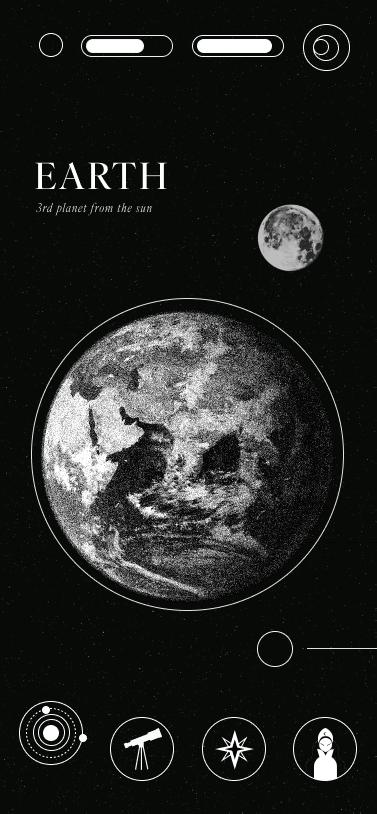
The proposed app would have info pages with this design
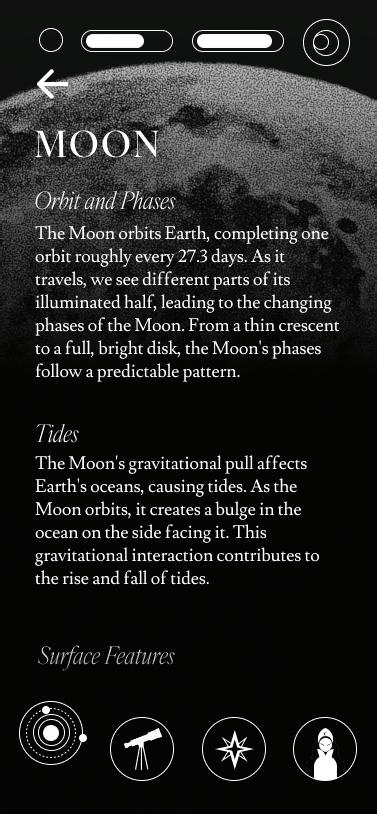
For wireframes ,I created mockups of the homepage.
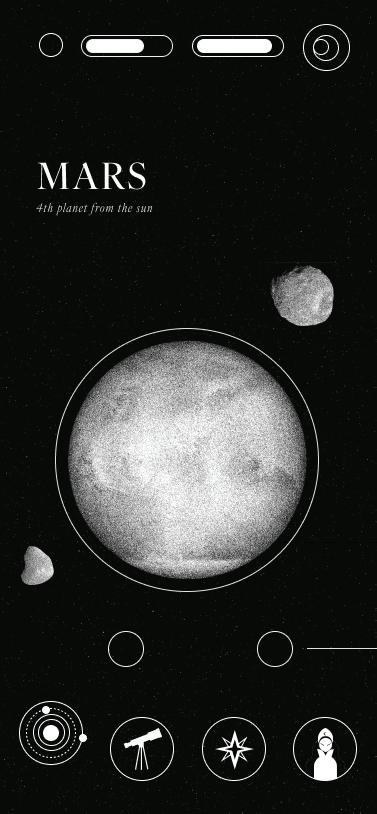
Navigation would be minimal with lots of negative space.
There would be a lot of information in this design proposal
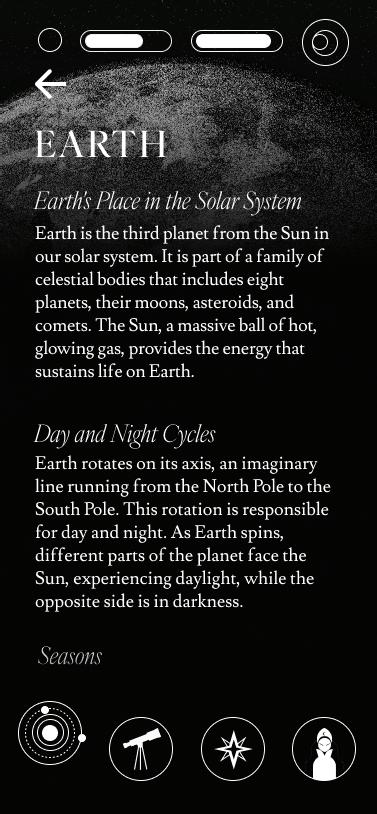
I presented my draft designs for review by testers and peers. By getting multiple views by different sources, I was able to see design flaws and aspects that I didn’t notice before. Users went through the trial app designs as if they were a user using the app for the first time, and were asked to comment on anything they liked, did not like, or had questions or suggestions on.

Testing Comments
- Like the planet background
- Font is hard to read
- Similar aesthetic to astrology
- Could use more images
Testing Comments
- A lot of information, could be overwhelming
- Like the grain of the planets
- Again could use color?

Testing Comments
- Italics are hard to read
- Like the single planet homepage
- News seems unnecessary
- Progress and profile are same thing
Testing Comments
- Like the moon additions
- Profile is a bit much
- Like the title font
- Could use a bit of color?
The main takeaways from these reviews were that the monochrome design could use more personality or color to create a stronger identity. There is also too much information in the planet pages, and the body and subtitle fonts were difficult to read for multiple testers. The reviewers also noted that a news feature might be overwhelming, and that progress and profile is an optional feature.
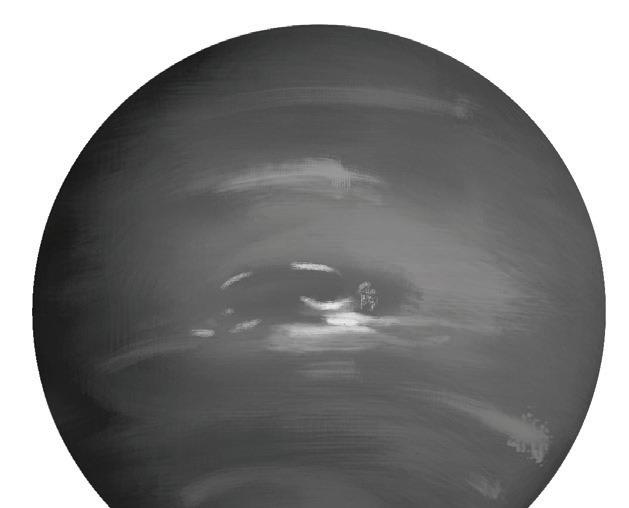


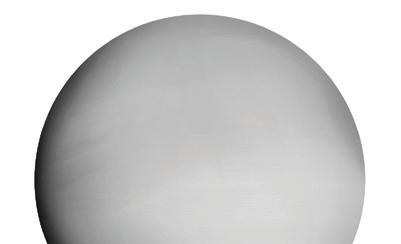

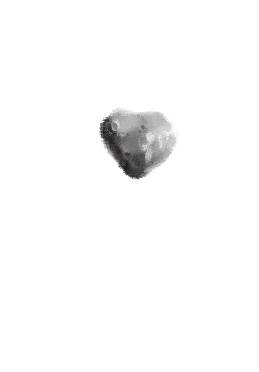

After review, I found that the current design I had was lacking. There was a lack of individuality in the designs, and too much information on the pages. I began looking for more illustrative inspiration, and created some astronomy art to help find a creative direction. I decided to add color to my previously monochrome palette, while still keeping a dark theme with ample negative space. The focus was now on a dynamic mix of my art and design, furthering my personal touch.
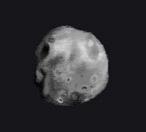

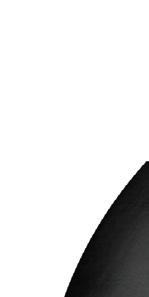
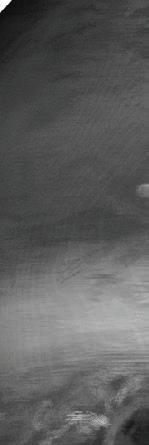
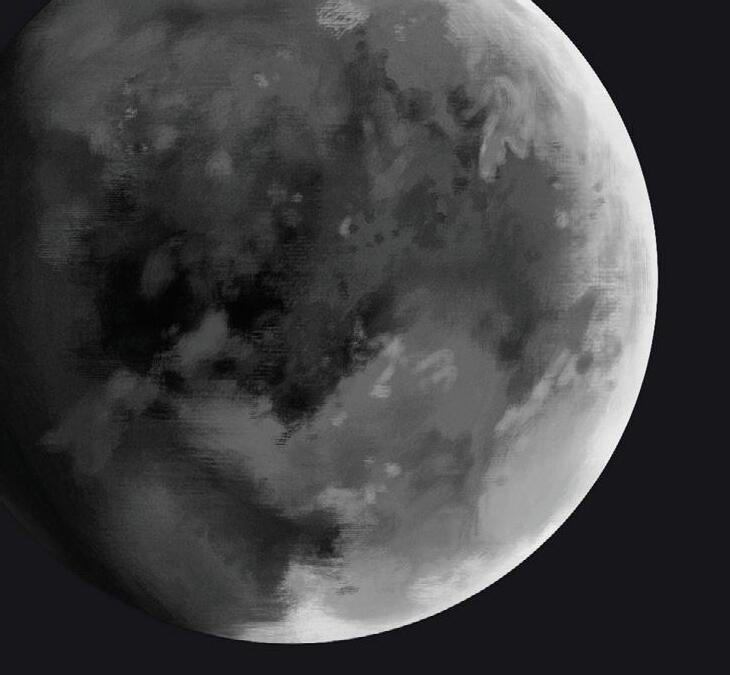
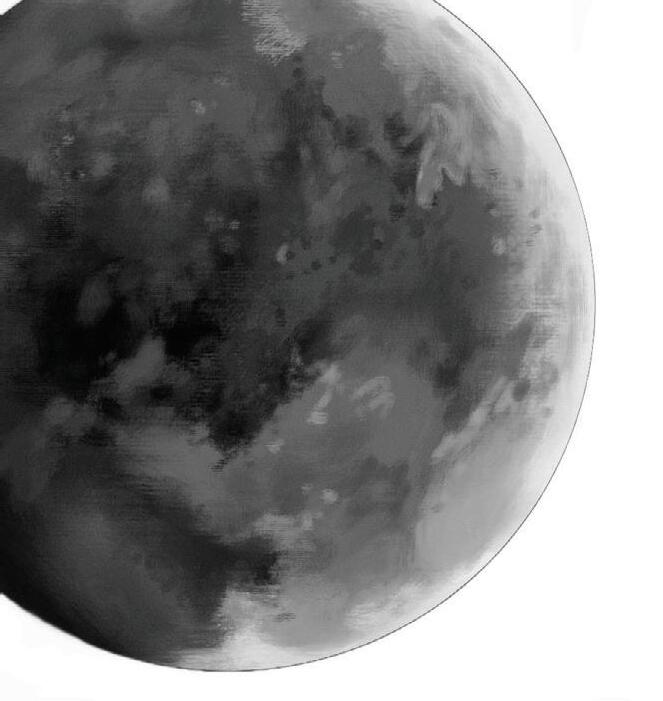

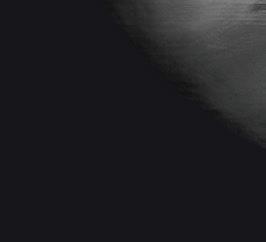
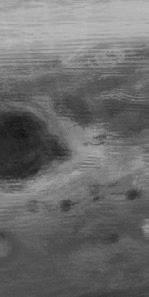
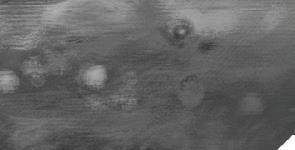

The main change in my designs were the assets- they went from images to art created by me. This allowed a further design style to form while also bringing my interest in art into the project.
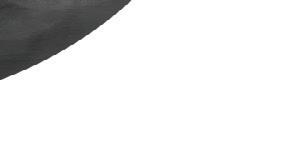
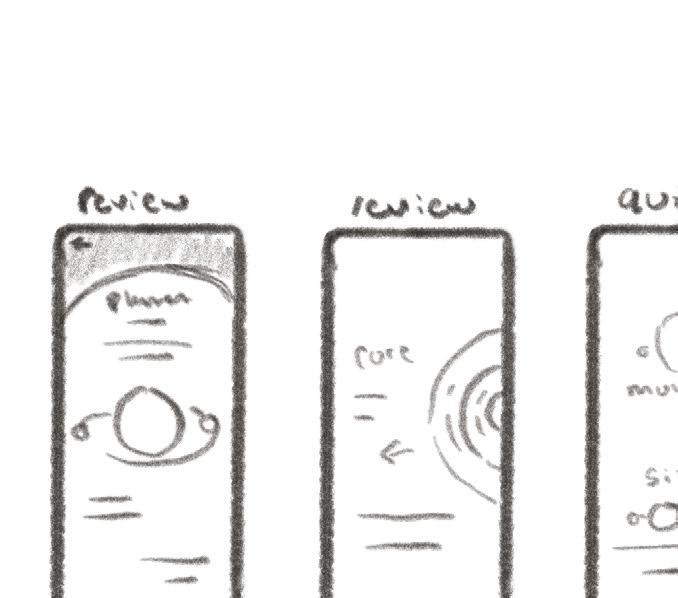
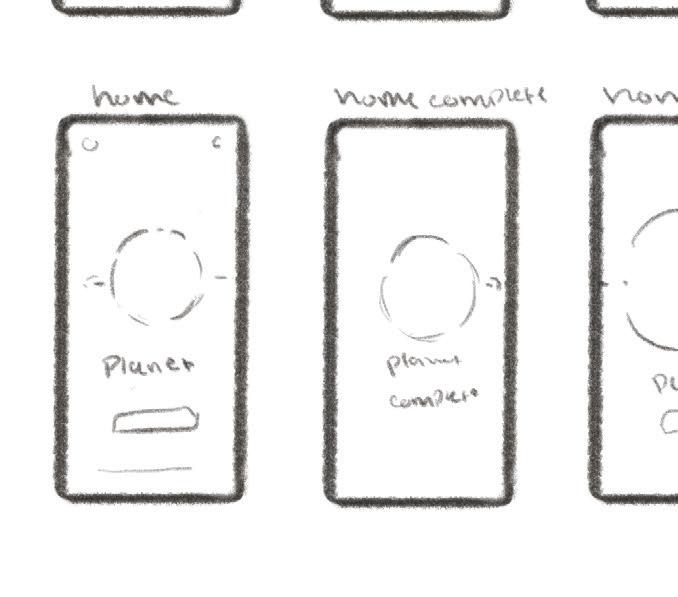
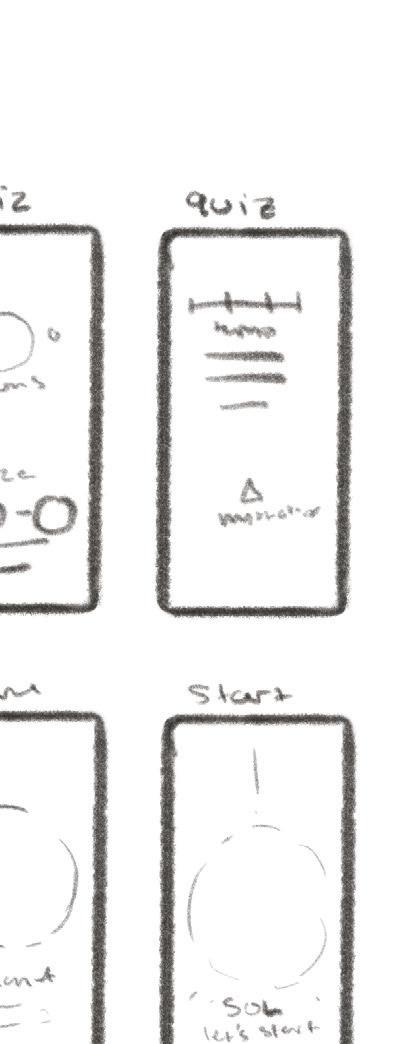
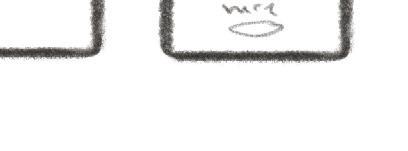
Users will go through each planet, starting from the sun and ending on Pluto, or the Kuiper belt. The information will follow a basic flow, placement, year and day cycles, atmosphere, size and surface, moons, and mythology. This setup will provide the necessary information while not being too overwhelming for the casual user. There will be a brief review quiz, three questions pulled from the overview, which leads to a complete screen and the next planet. The mix of illustrative style, paced information, and review keeps the app dynamic and casual.
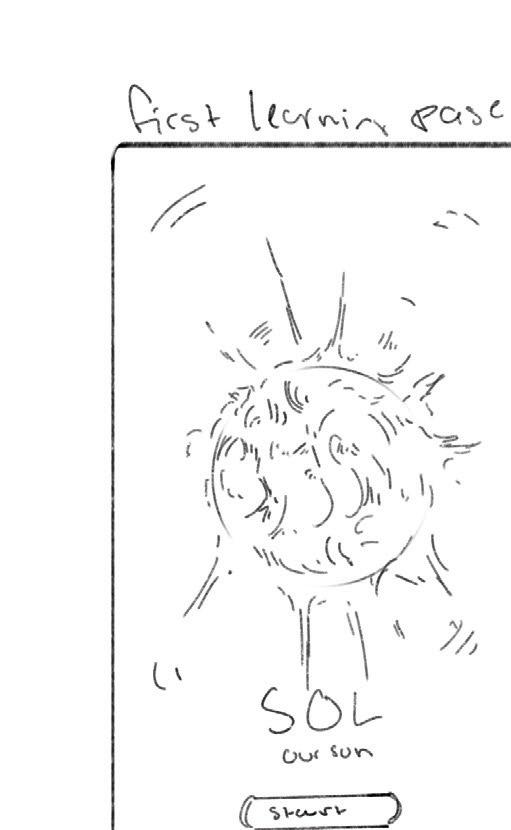
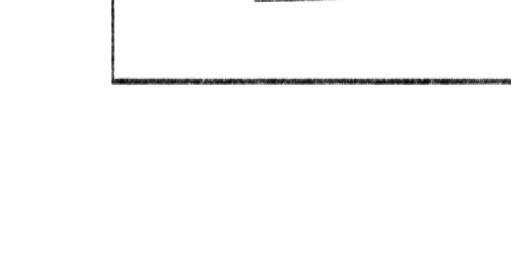
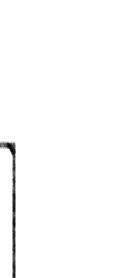

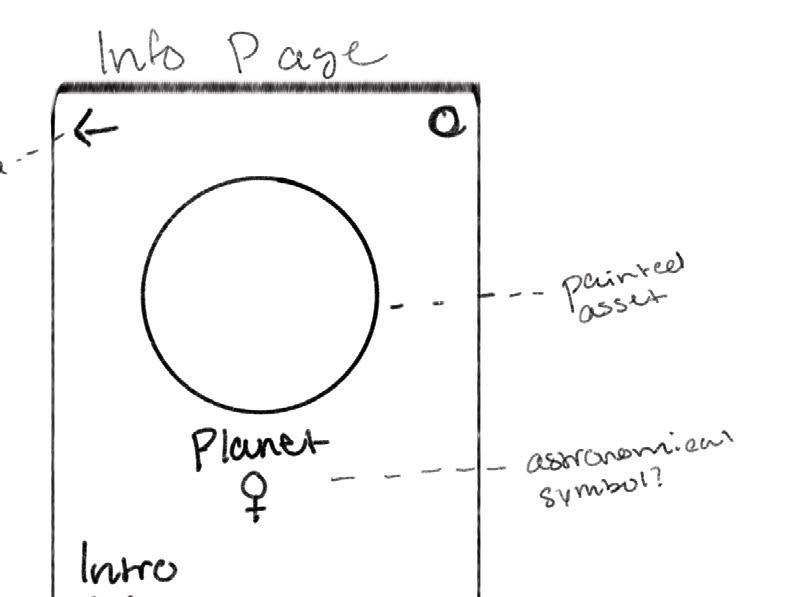
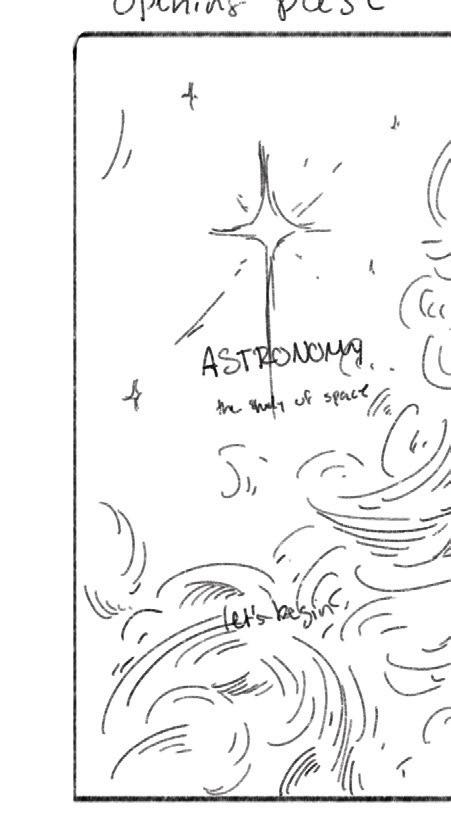

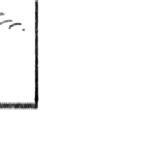
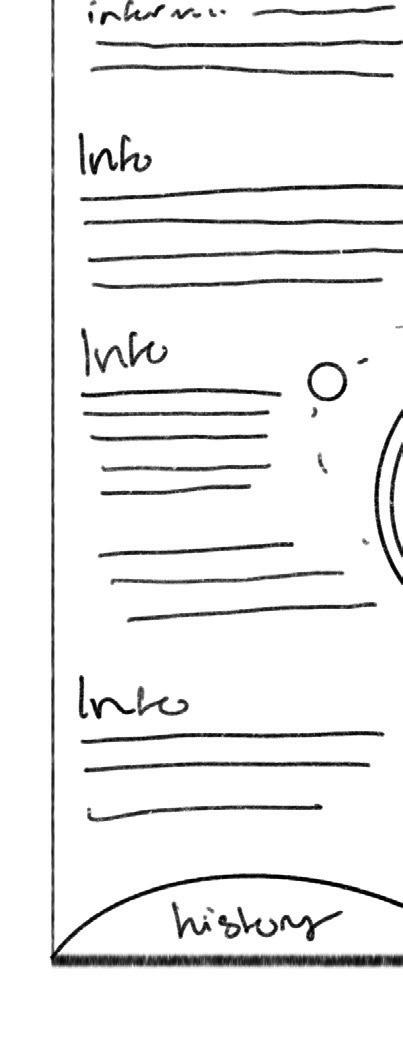
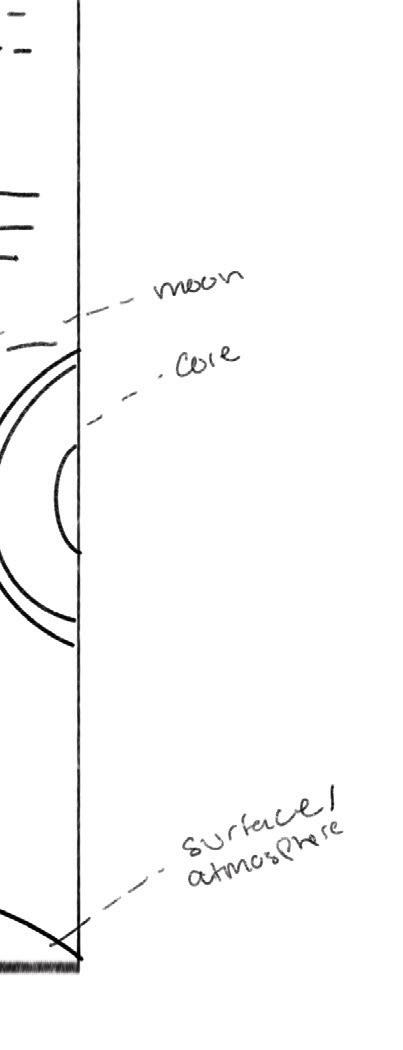

The next step after creating the base designs was the second round of testing. Users were prompted to go through the app with the intent of learning as the target audience, and asked to give comment on any details noticed. The test included the opening screen, starting animation, and the first few planets.

Comments
- Like the new fonts
-Like visuals
- More visuals
Comments
Comments
- Like the colors
- Fonts could be bigger
- Break up the text more
- Change spacing
- More topics
- Add back italics
Comments
- More breaks
- Change spacings
- Change temp
- Like the dark background

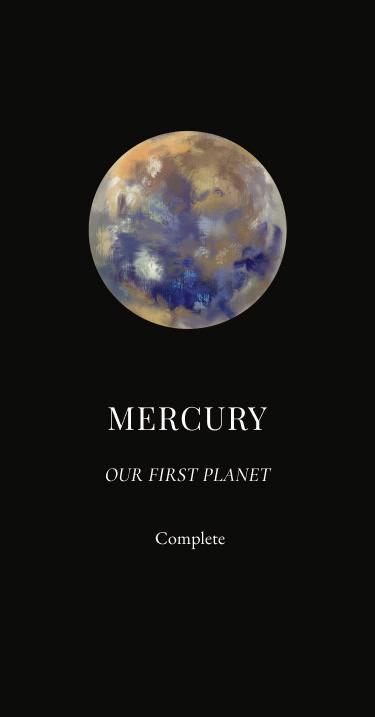
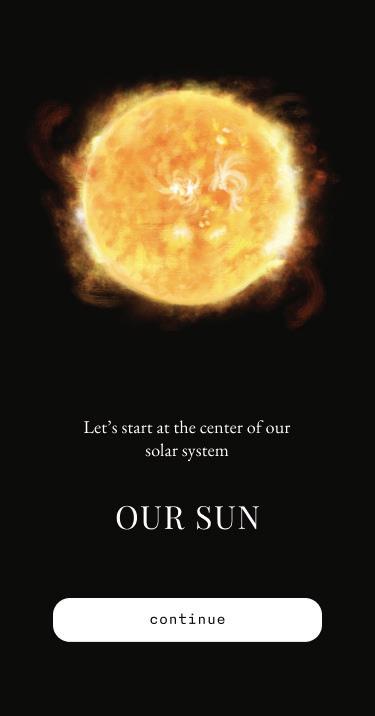

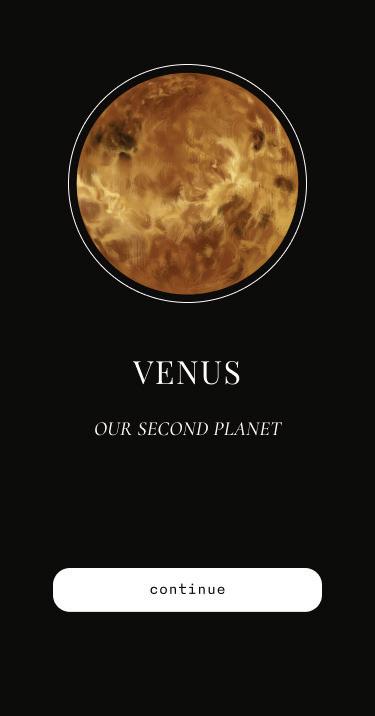
From the comments, I added a new italic font, more spacing and breaks, and new visuals.
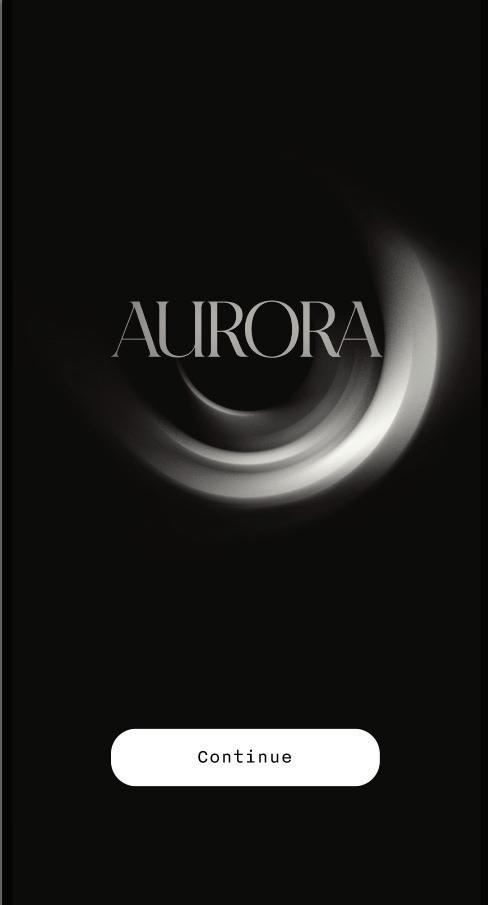
After the testing and revisions had been completed, the Aurora app design could be finalized. All changes and design choices were implemented into each app page, and additional designs like navigation and progress could be put in. The app covers our solar system, and reviews with the user after every planet. All design assets used were created by me for a unique and illustrative style.

The proposed Aurora installation will include three vinyl worksa brand logo, description, and QR code. The shelf will have a Mac monitor to display the Figma prototype for users to interact with, and this process book will also be on display. Alongside the process book will be business cards for viewers to take with them.
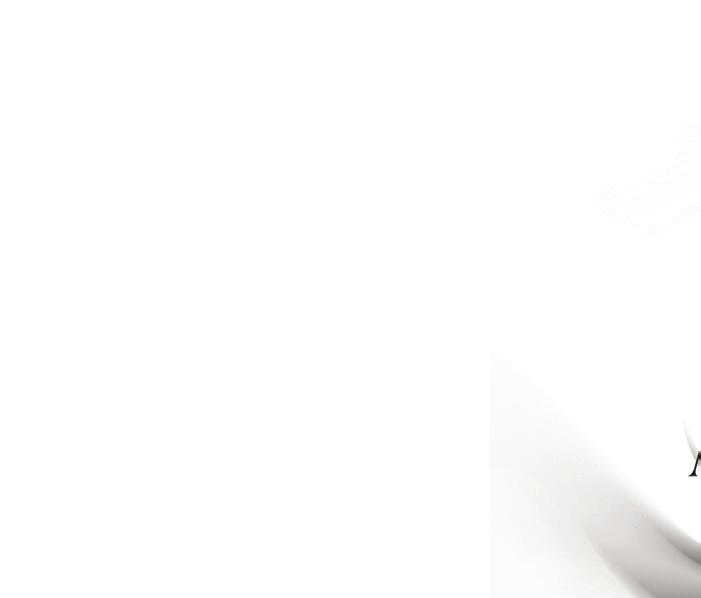
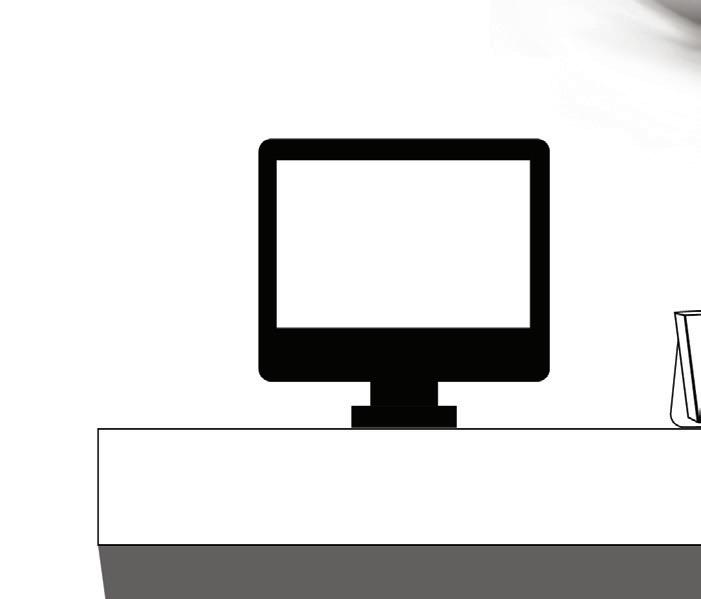
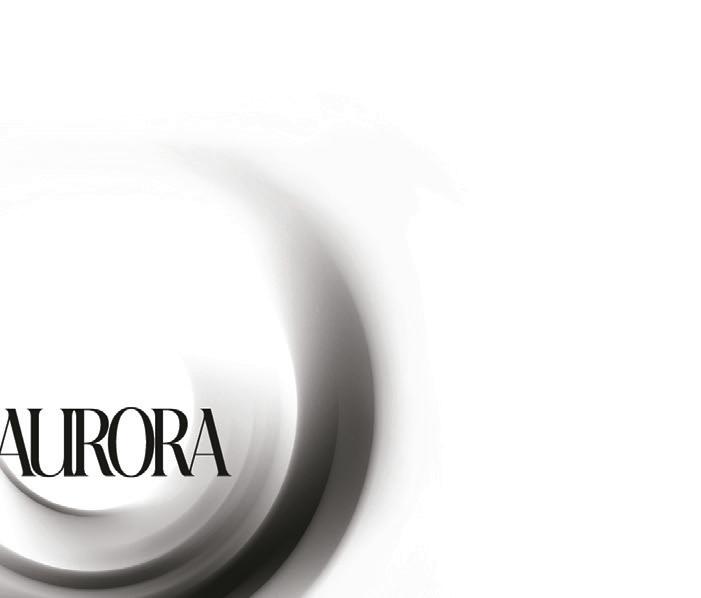
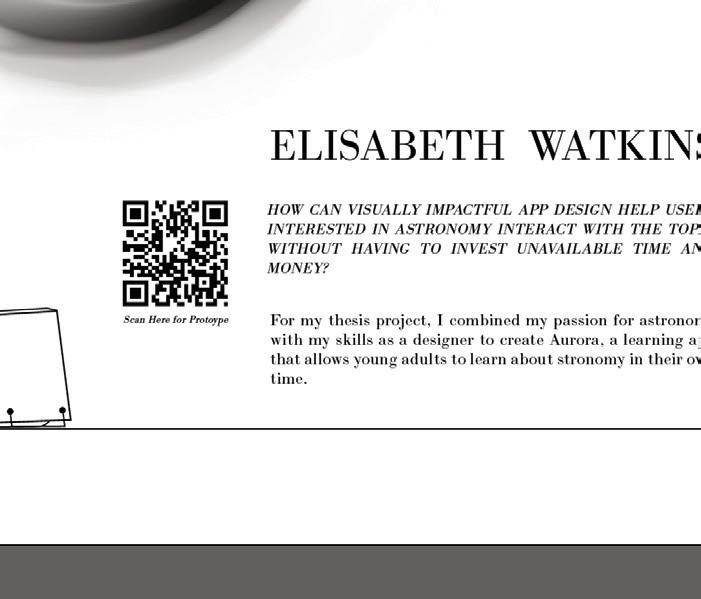

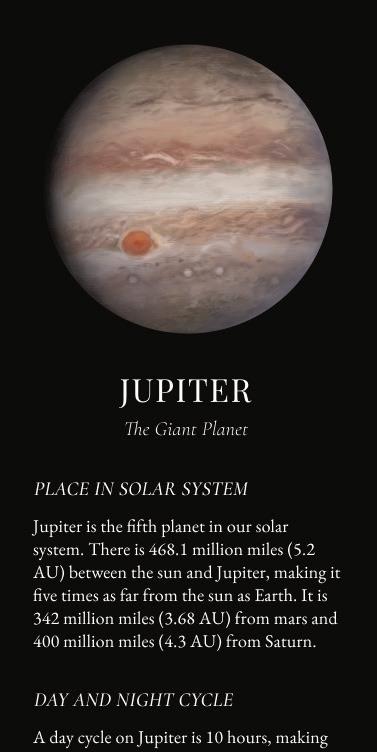
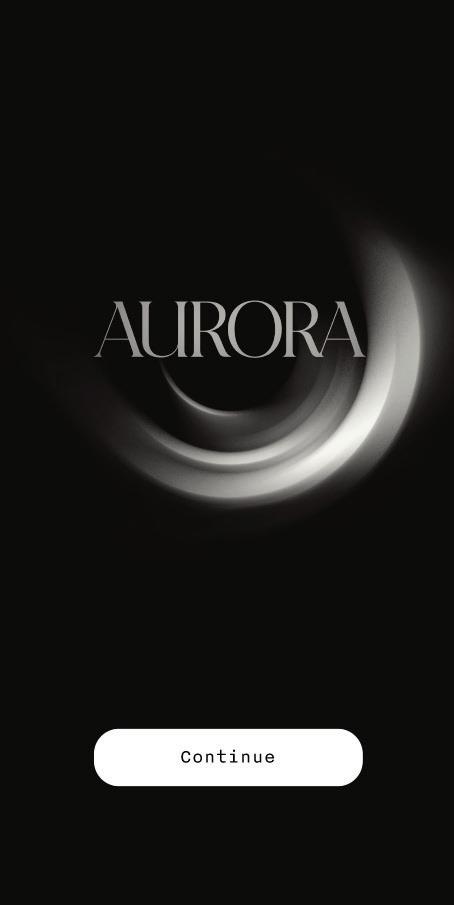
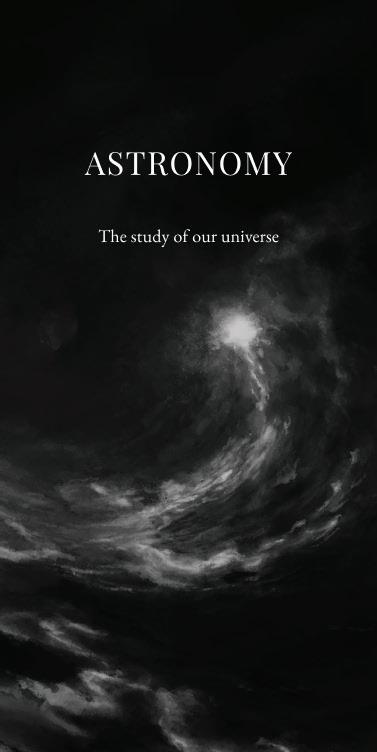
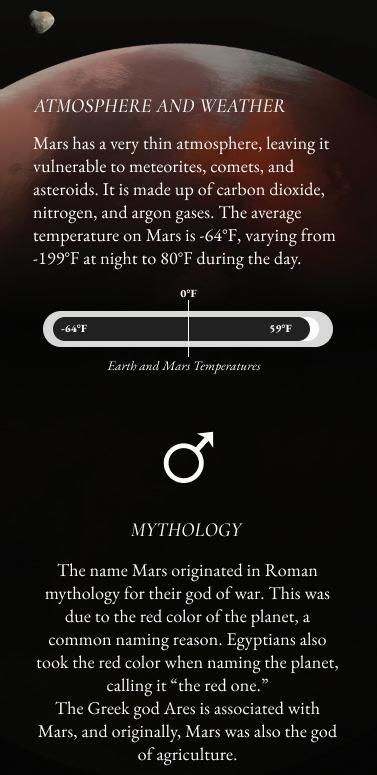
The Aurora project began with the goal of expanding my skills in design fields, such as app design, digital product design, and design research. The topic of my thesis allowed me to explore personal interests, such as astronomy and my art, and combine them into an illustrative design project. This allowed me to broaden my horizons as a designer and created a new form of design for me to pursue. There is a great opportunity in the illustrative branch of design that I want to further pursue. This project also allowed me to further my interest and knowledge of astronomy, solving the original problem that sparked this project.
A huge part of this process was feedback, refinement, and iteration, which helped me improve my ability to take feedback and implement it in my design, as well as ask the right questions during testing. The timeline and progress tracking was helpful as it kept me on track to make sure I was reaching my goals in time, and allowed me to see my flaws with time management and work on them.
My project process book also allowed me to focus on my tasks and review all of my work. Reviewing this book allowed me to work towards my goals and remember my thought process. I look forward to presenting my thesis to friends, family and peers, and have great anticipation for the design future that lies ahead of me. I want to thank my family, friends, peers, and my design teachers and mentors in this process.
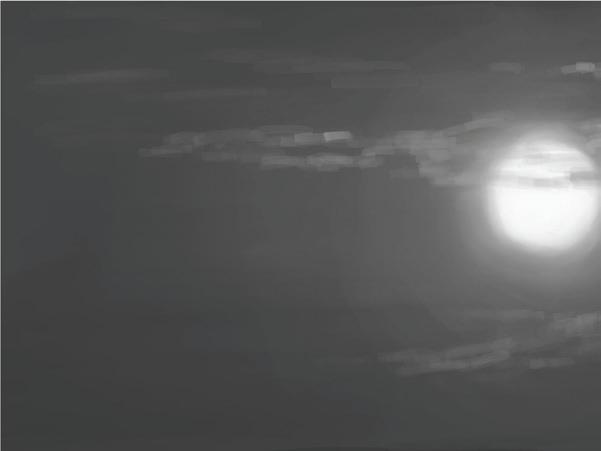
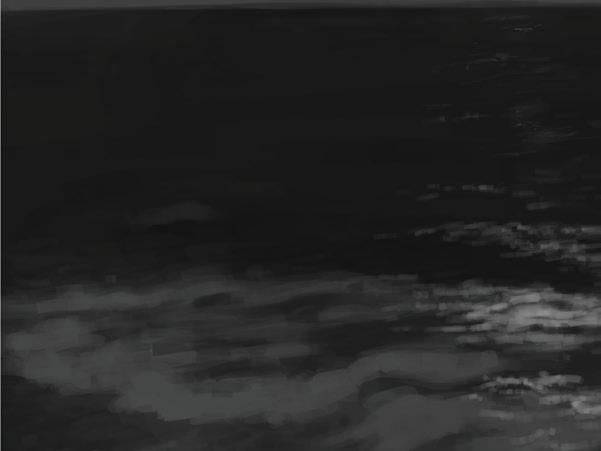

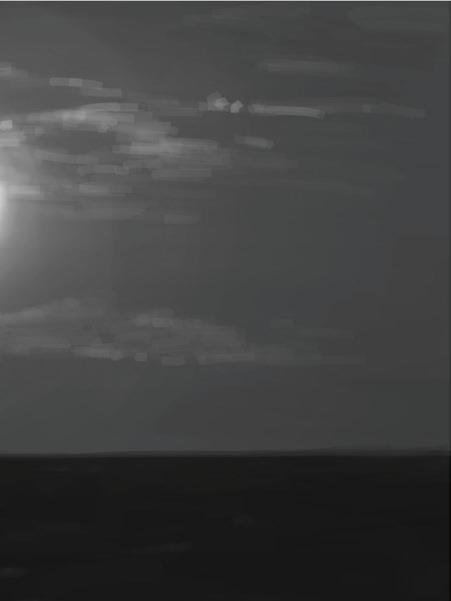
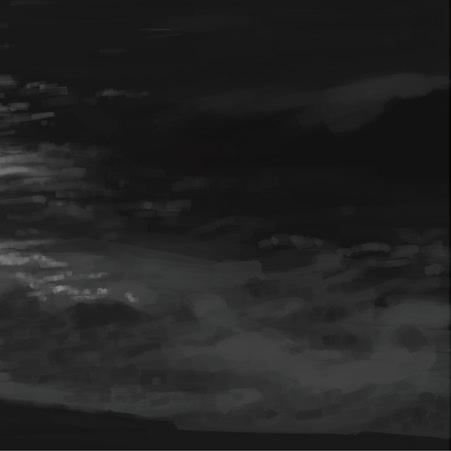
The teachers that I’ve had during my time at CU Denver have fostered a deep love and connection to design, and I cannot thank them enough. While this chapter of my life has concluded, there is so much excitement for the next stages of my life and nothing but gratitude for the time I’ve spent as a student designer.
Carey, Rachel. “What Is the Average Salary in the US by Age?” Unbiased, December 7, 2023. https://www. unbiased.com/discover/banking/average-salary-inthe-us-by-age.
Ha, Kevin. “Is $38,000 a Good Salary for a Single Person?” Personal Finance Blogs, September 21, 2023. https://personalfinanceblogs.com/is-38000-agood-salary-for-a-single-person/#:~:text=So%2C%20 if%20you%20have%20a,earners%20in%20the%20United%20 States.
“How Is College Different from High School?” How is College Different from High School? | King’s College. Accessed March 24, 2024. https://www.kings.edu/admissions/ high_school_vs_college#:~:text=COLLEGE%3A%20You%20 spend%2012%20to,week%20after%20each%20for%20exams.
Learn the basics of Astronomy, March 21, 2023. https:// www.jameswebbdiscovery.com/hobbies/astronomy/learnthe-basics-of-astronomy.
Loranger, Hoa, Kate Meyer, and Jakob Nielsen. Designing for young adults: (ages 18-25). Freemont, California: Nielsen Norman Group, 2016.
Mazur, Caitlin. “ What Is the Average Work Hours per Week in the US? [2023].” Zippia, January 9, 2023. https:// www.zippia.com/advice/average-work-hours-per-week/. Mazur, Caitlin. “ What Is the Average Work Hours per Week in the US? [2023].” Zippia, January 9, 2023. https://www.zippia.com/advice/average-work-hoursper-week/.
Petersen, Carolyn Collins. Astronomy 101: From the sun and Moon to wormholes and Warp Drive, key theories, discoveries, and facts about the universe. Avon, Massachsetts: Adams Media, 2017.
Pierre, Kathy. “How Much Do You Study? Apparently 17 Hours a Week Is the Norm.” USA Today, August 18, 2014. https://www.usatoday.com/story/college/2014/08/18/ how-much-do-you-study-apparently-17-hours-a-weekis-the-norm/37395213/.
Sharma, Prateek. “Education App Development: Process, Technologies, and Strategies to Create an Educational App.” eLearning Industry, May 12, 2023. https:// elearningindustry.com/education-app-developmentprocess-technologies-and-strategies-createeducational-app.
Wise, Jason. “How Many People Use Dark Mode in 2024? (Usage Statistics).” Earthweb, April 8, 2023. https:// earthweb.com/how-many-people-use-dark-mode/.
